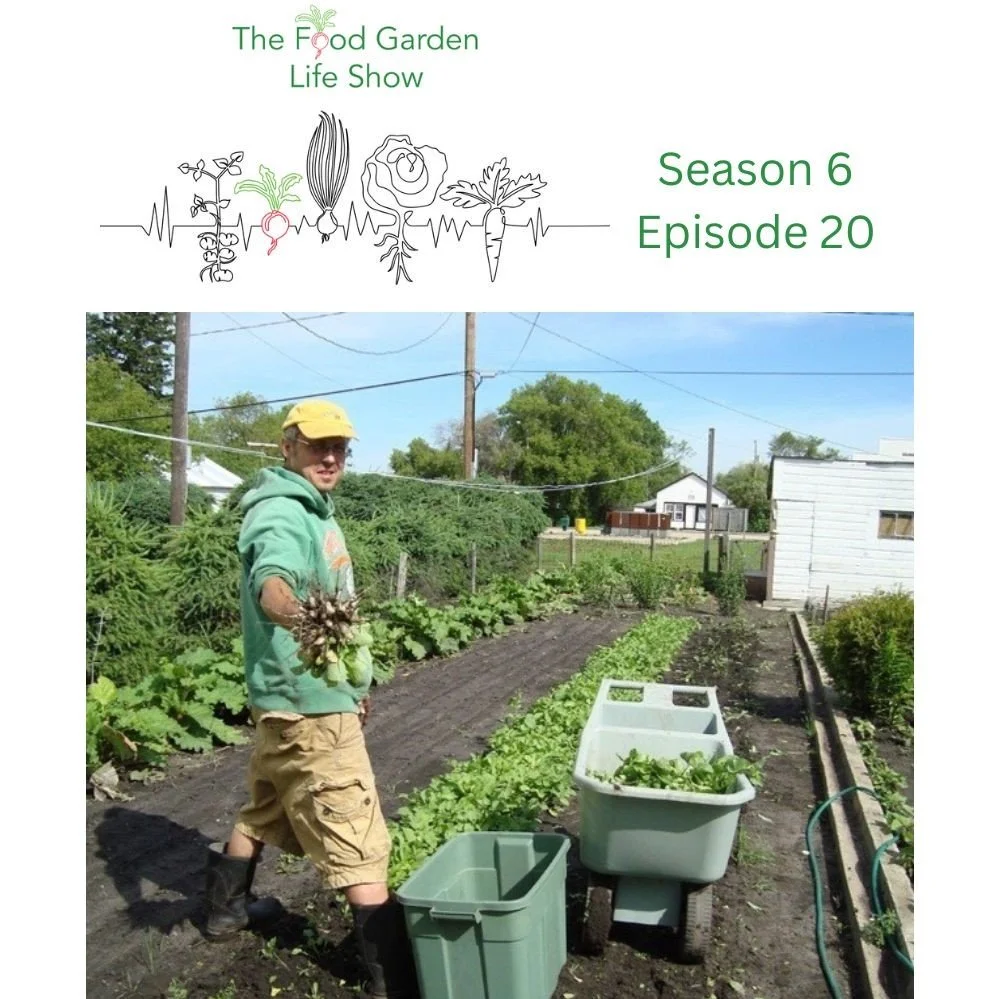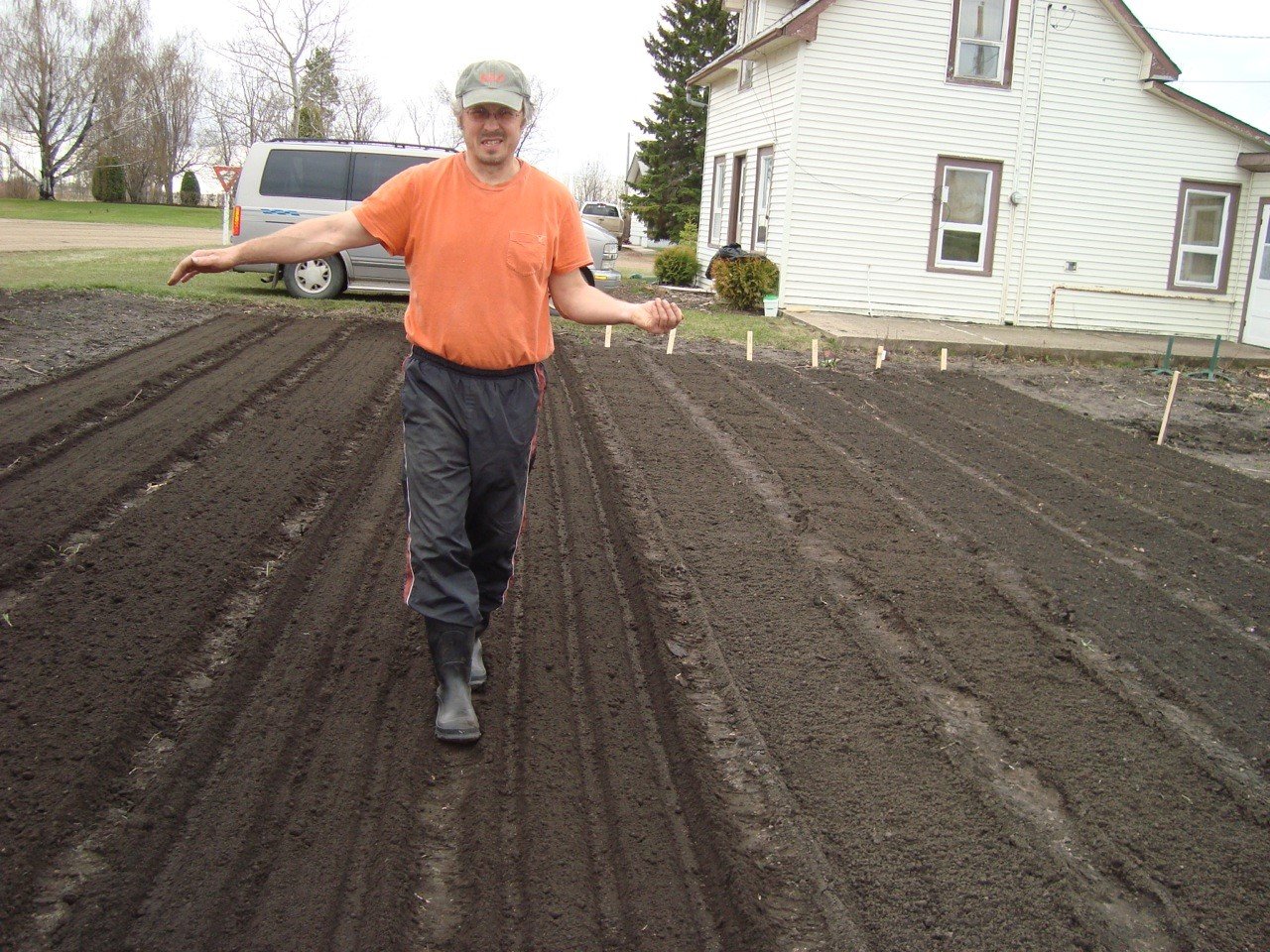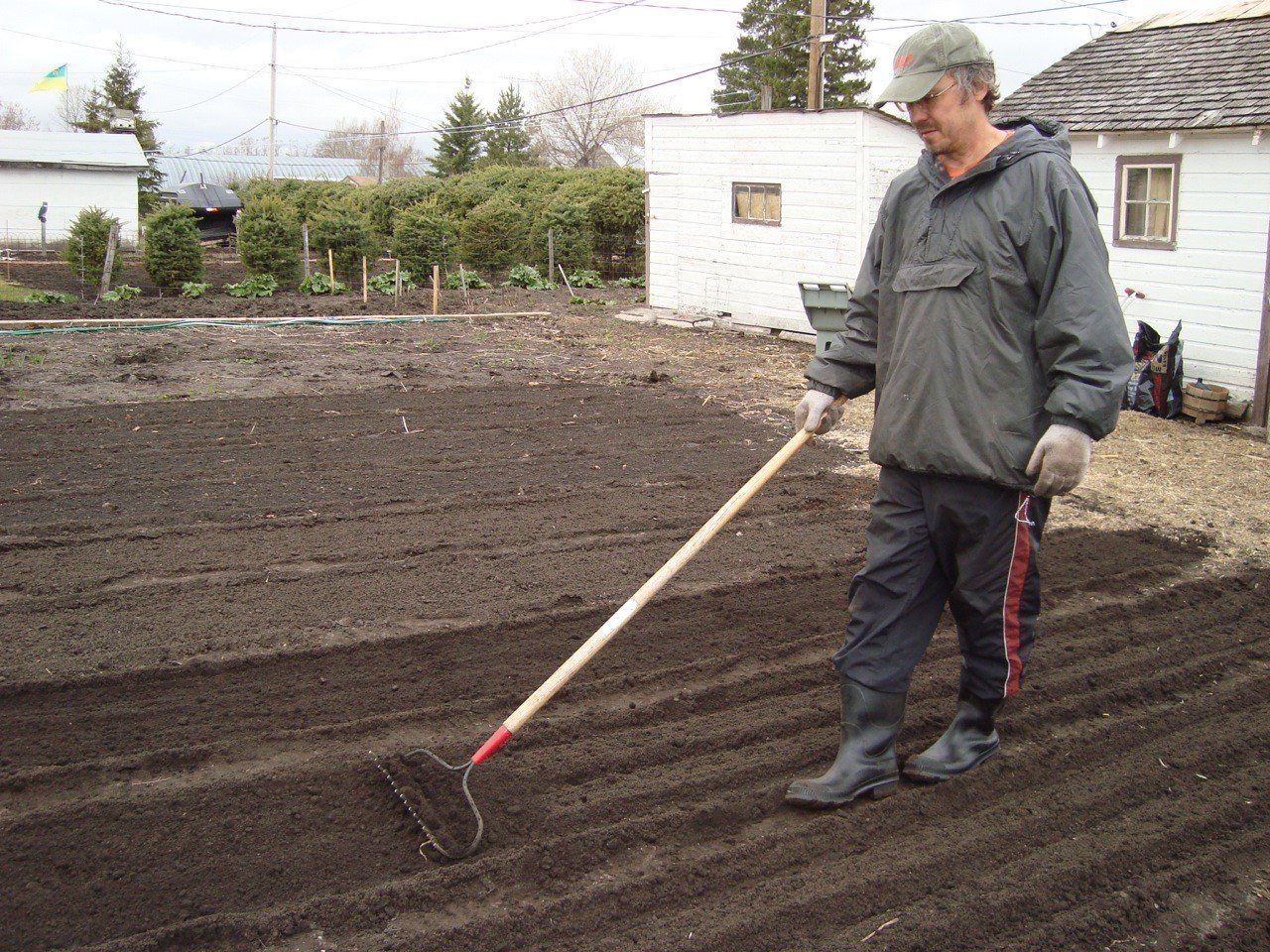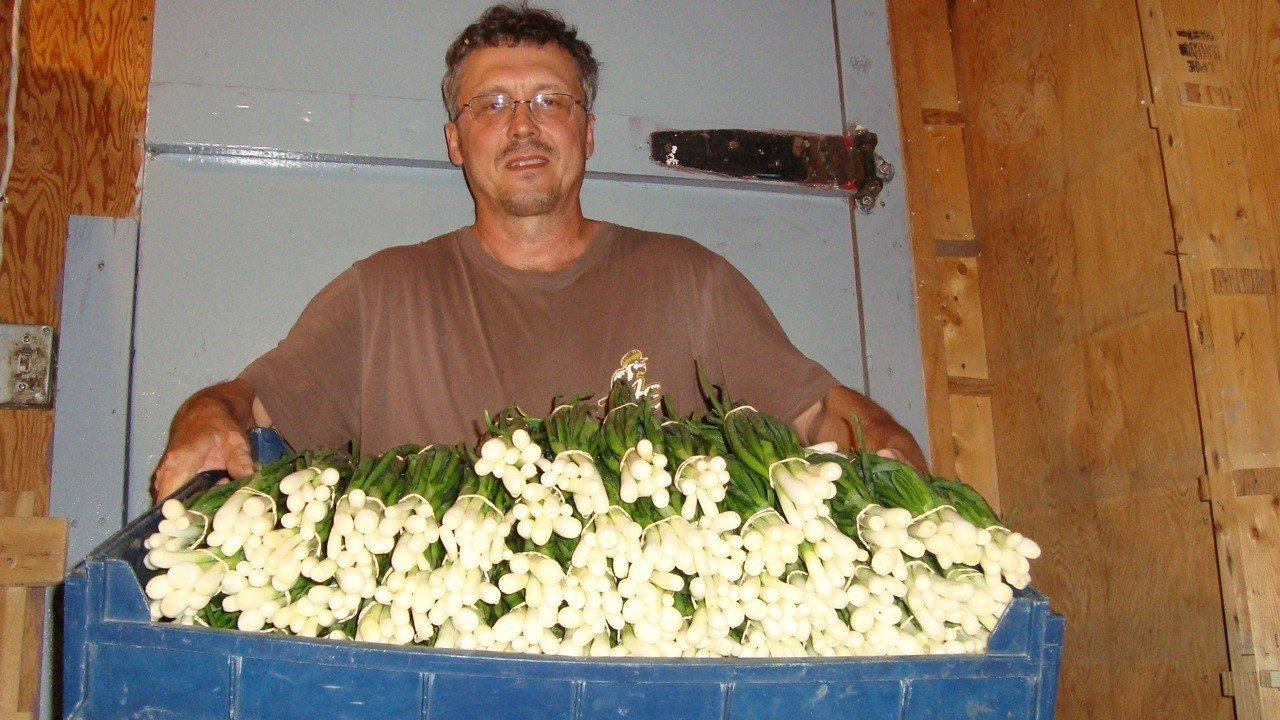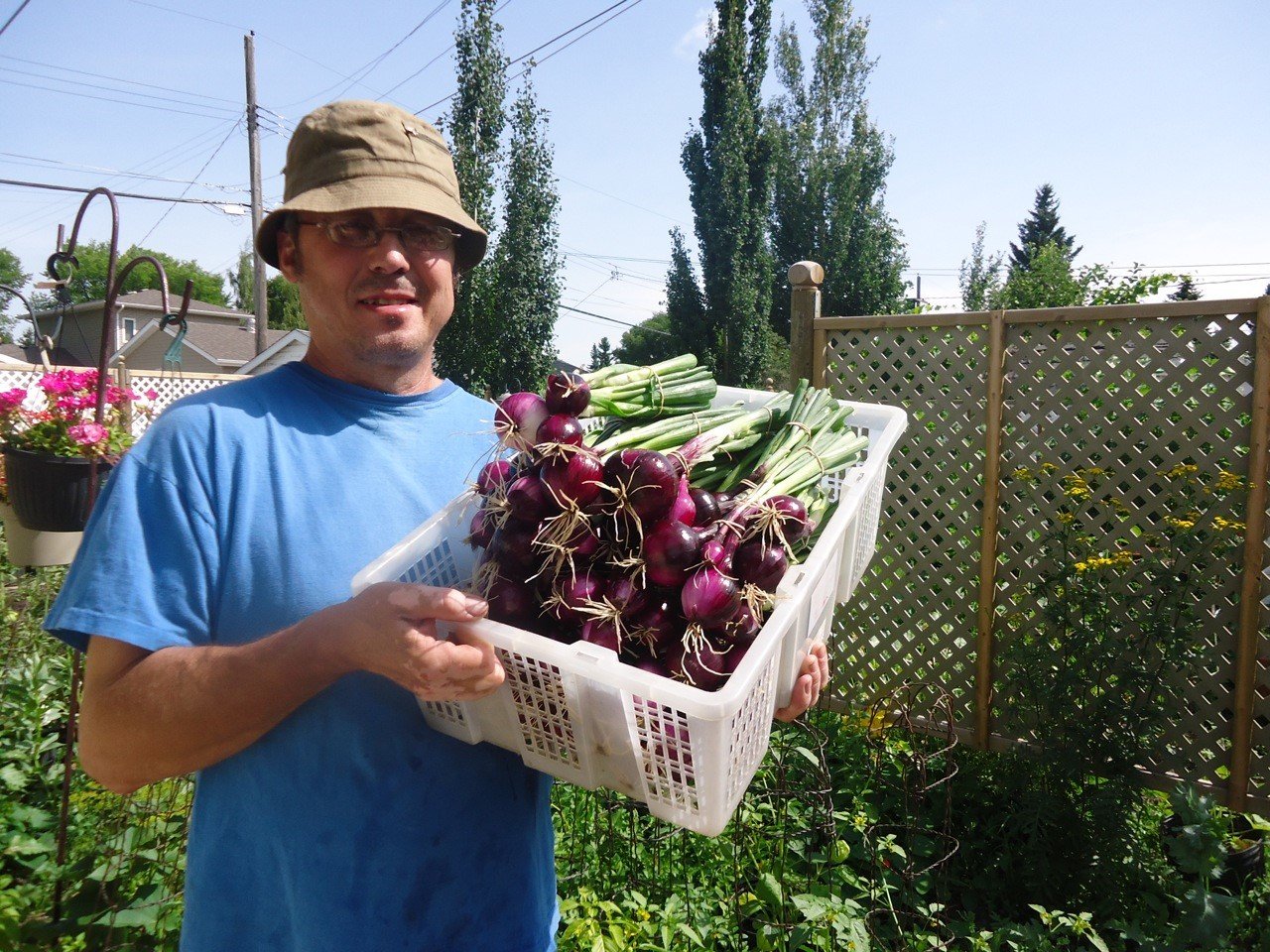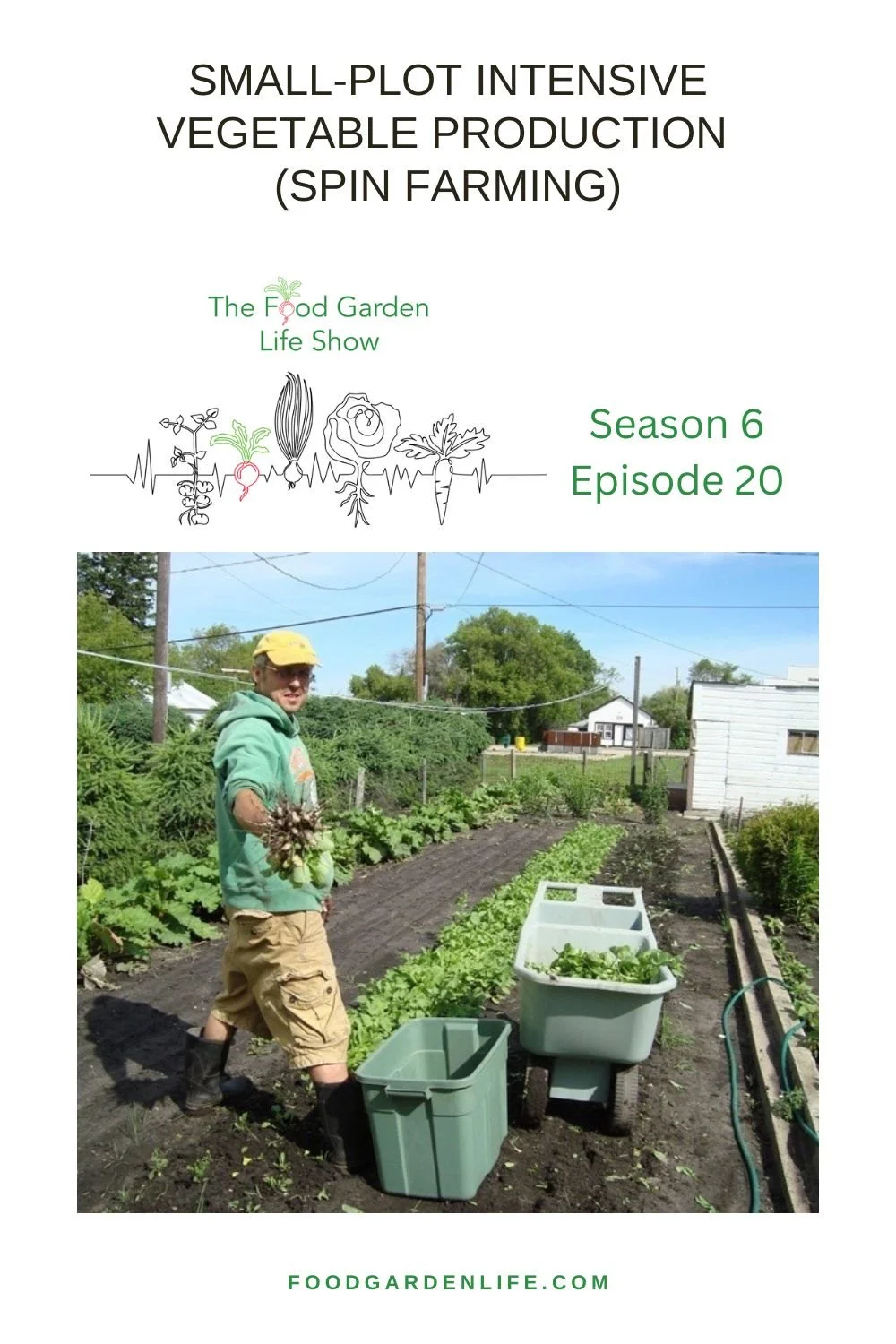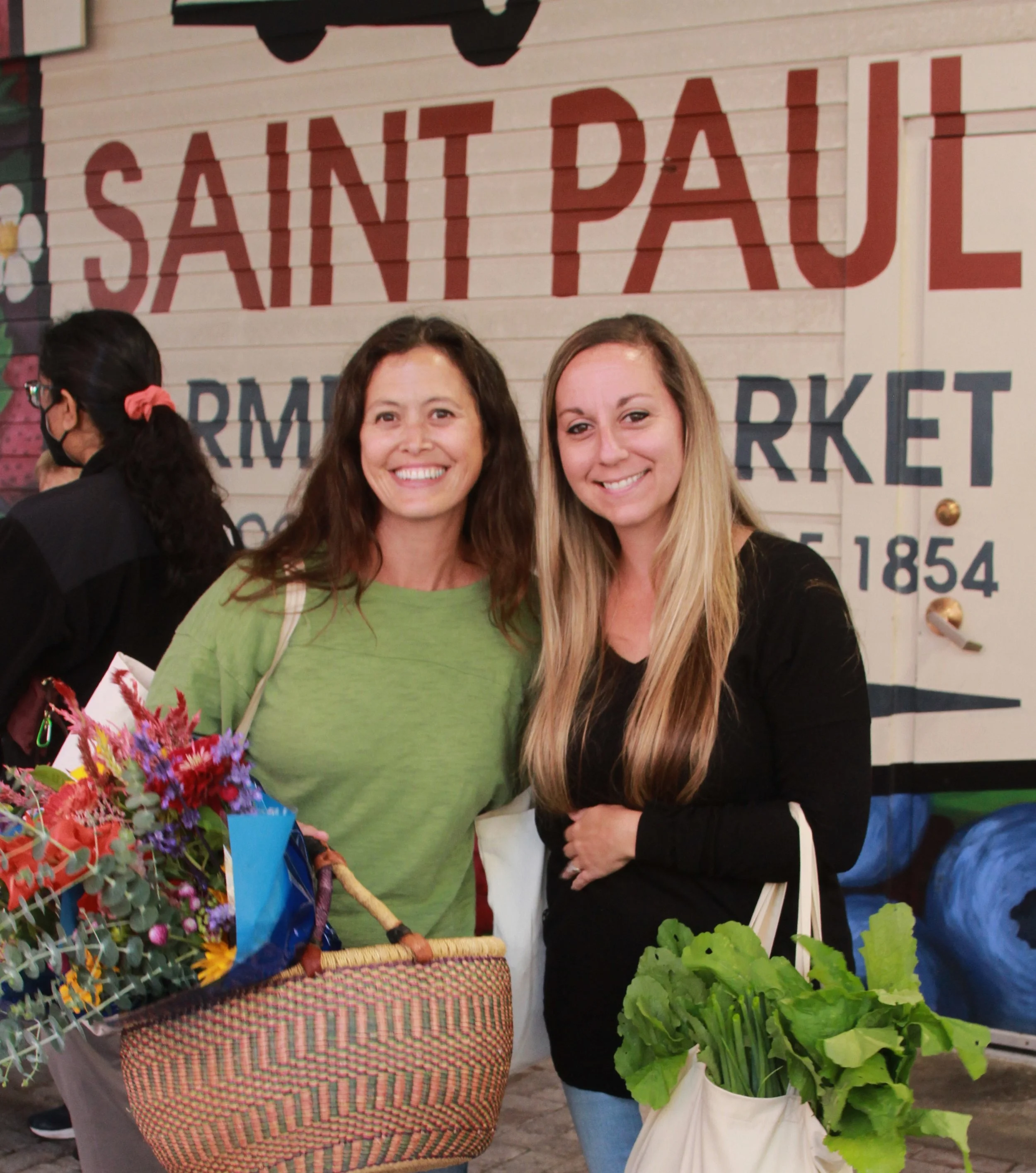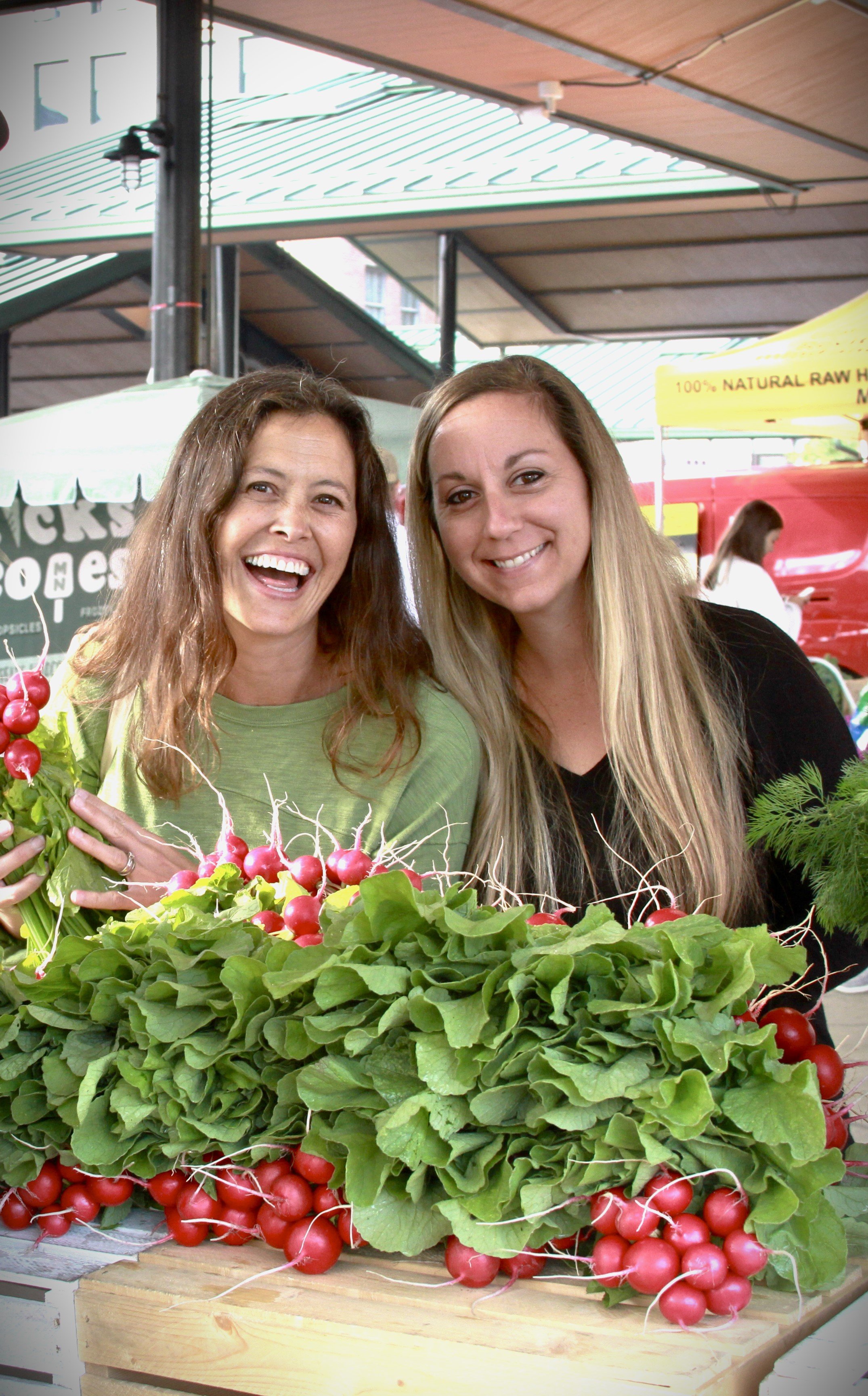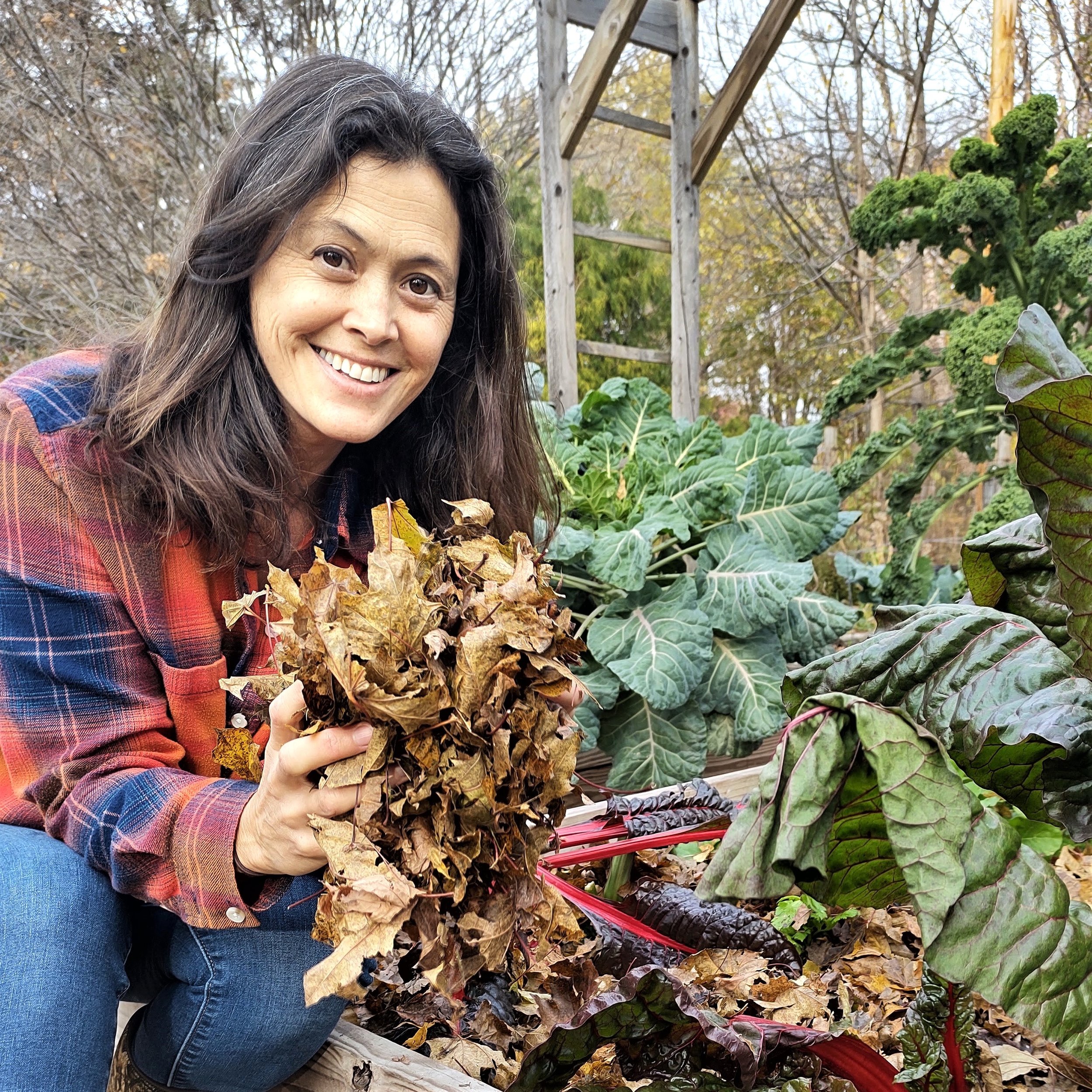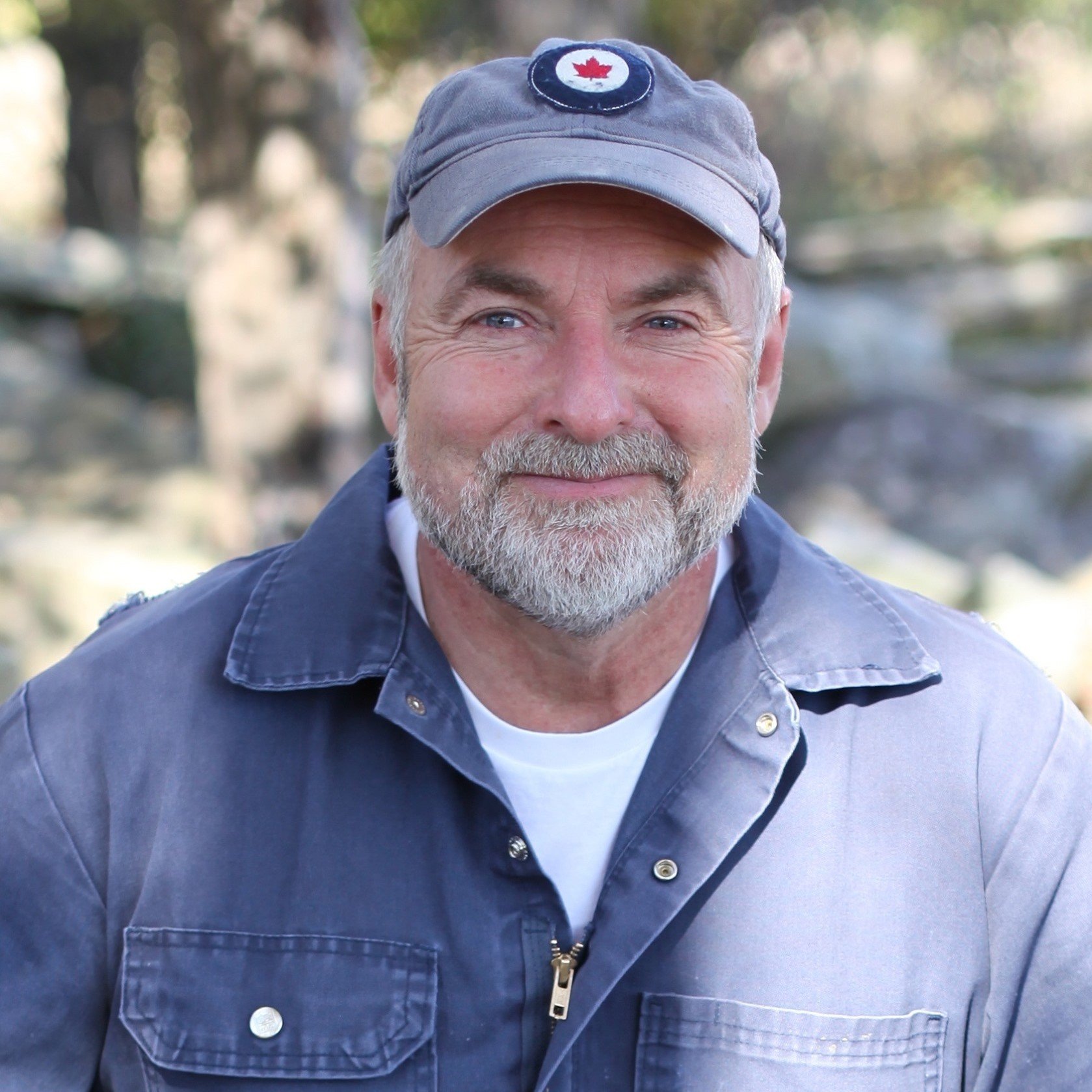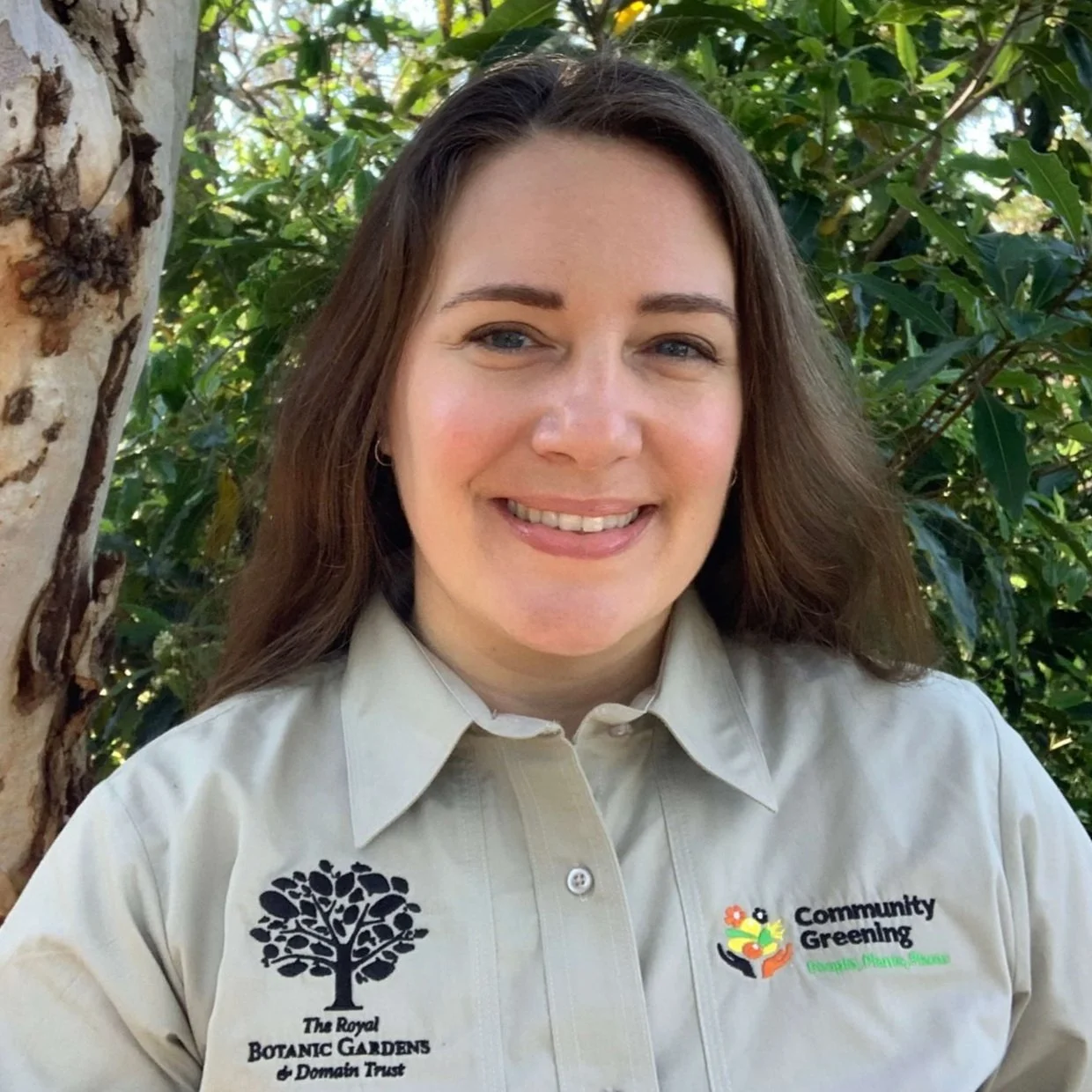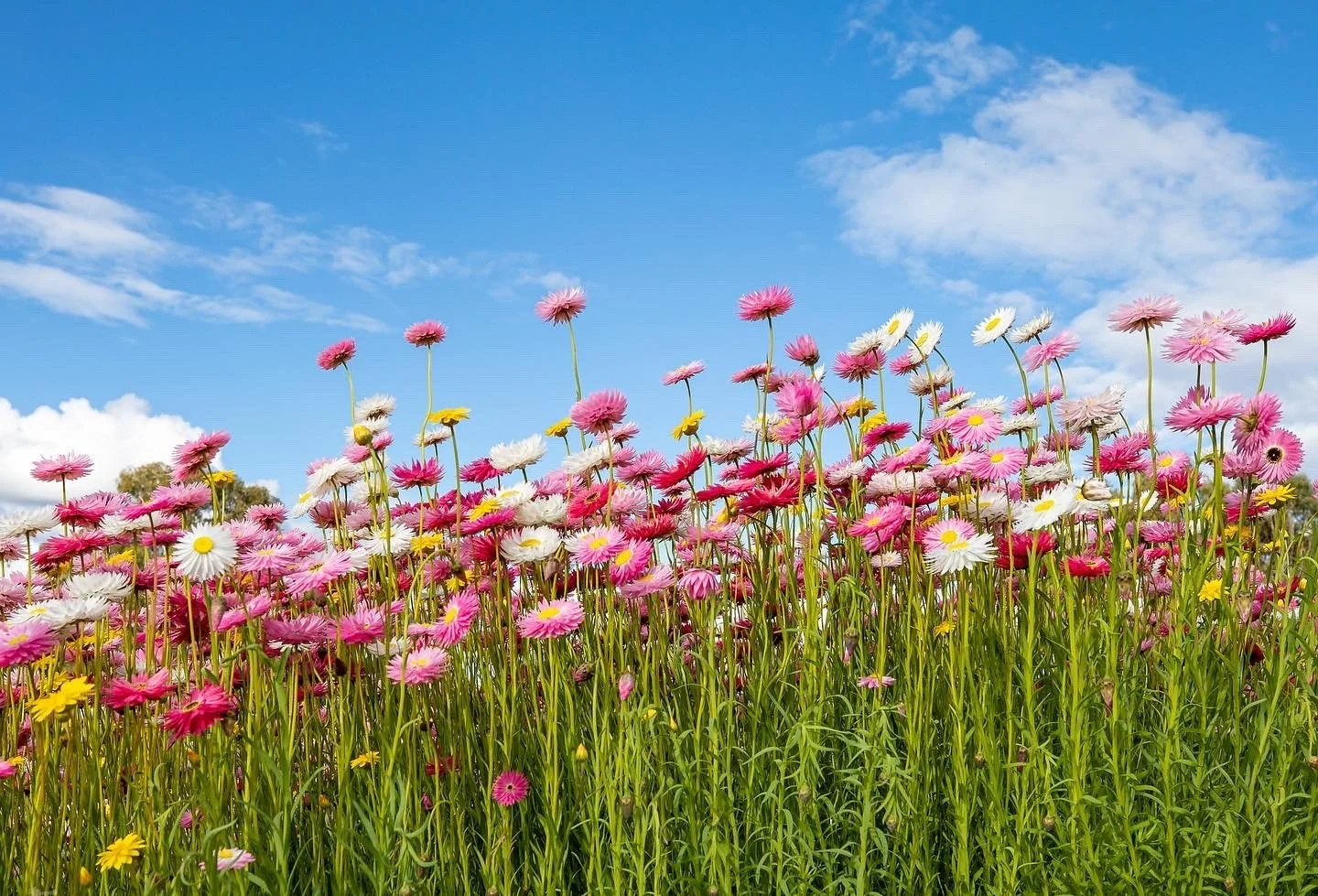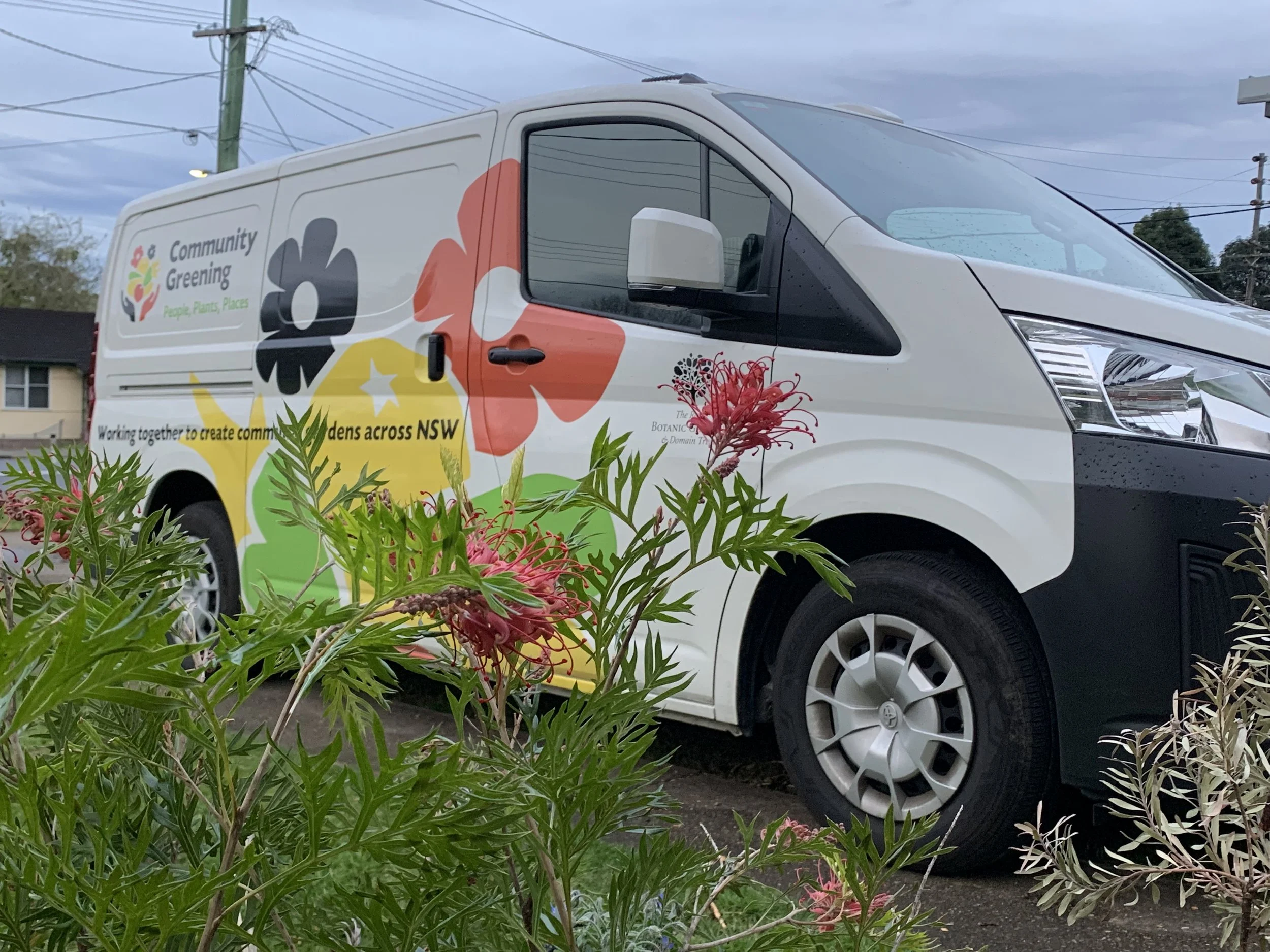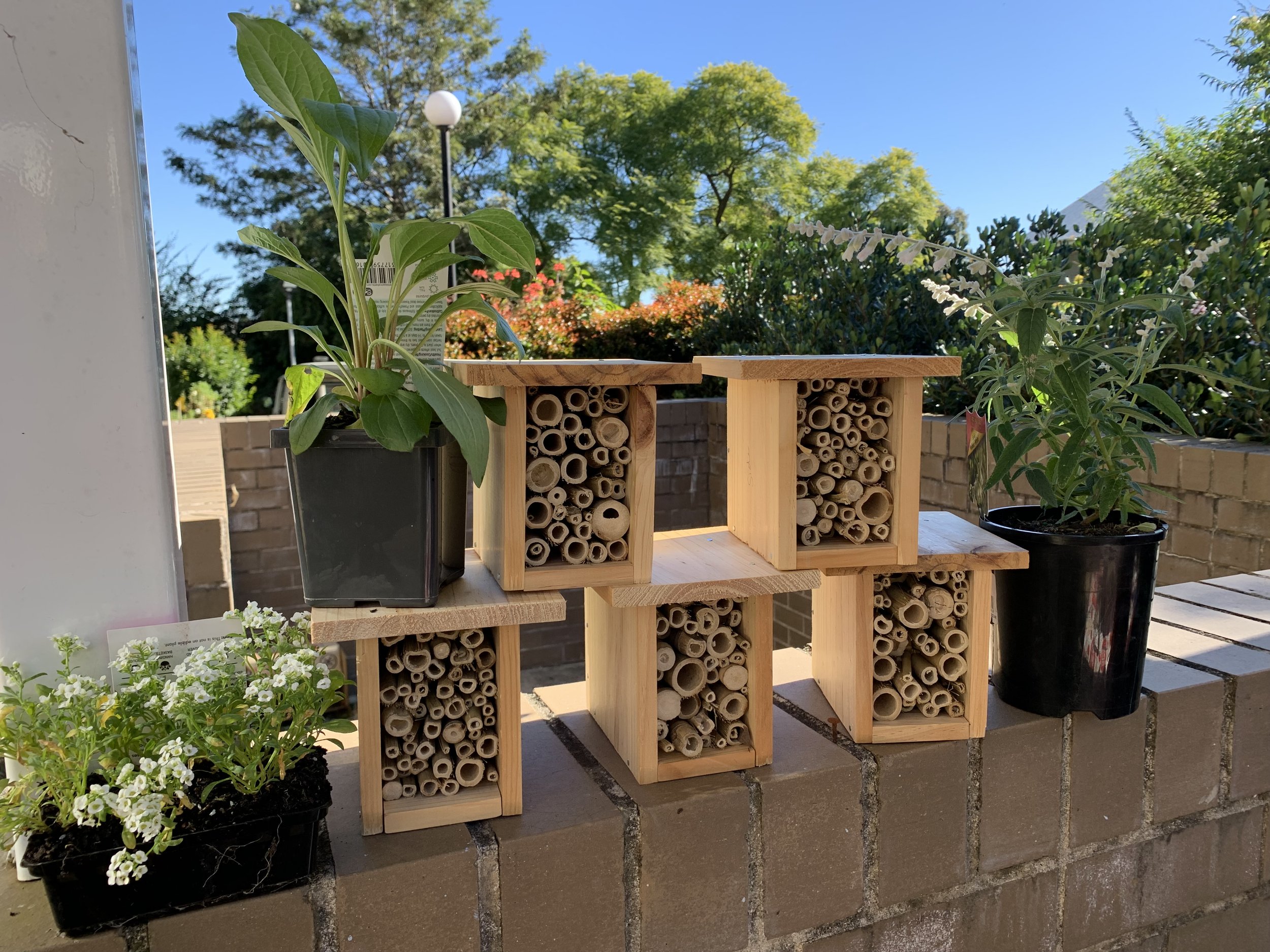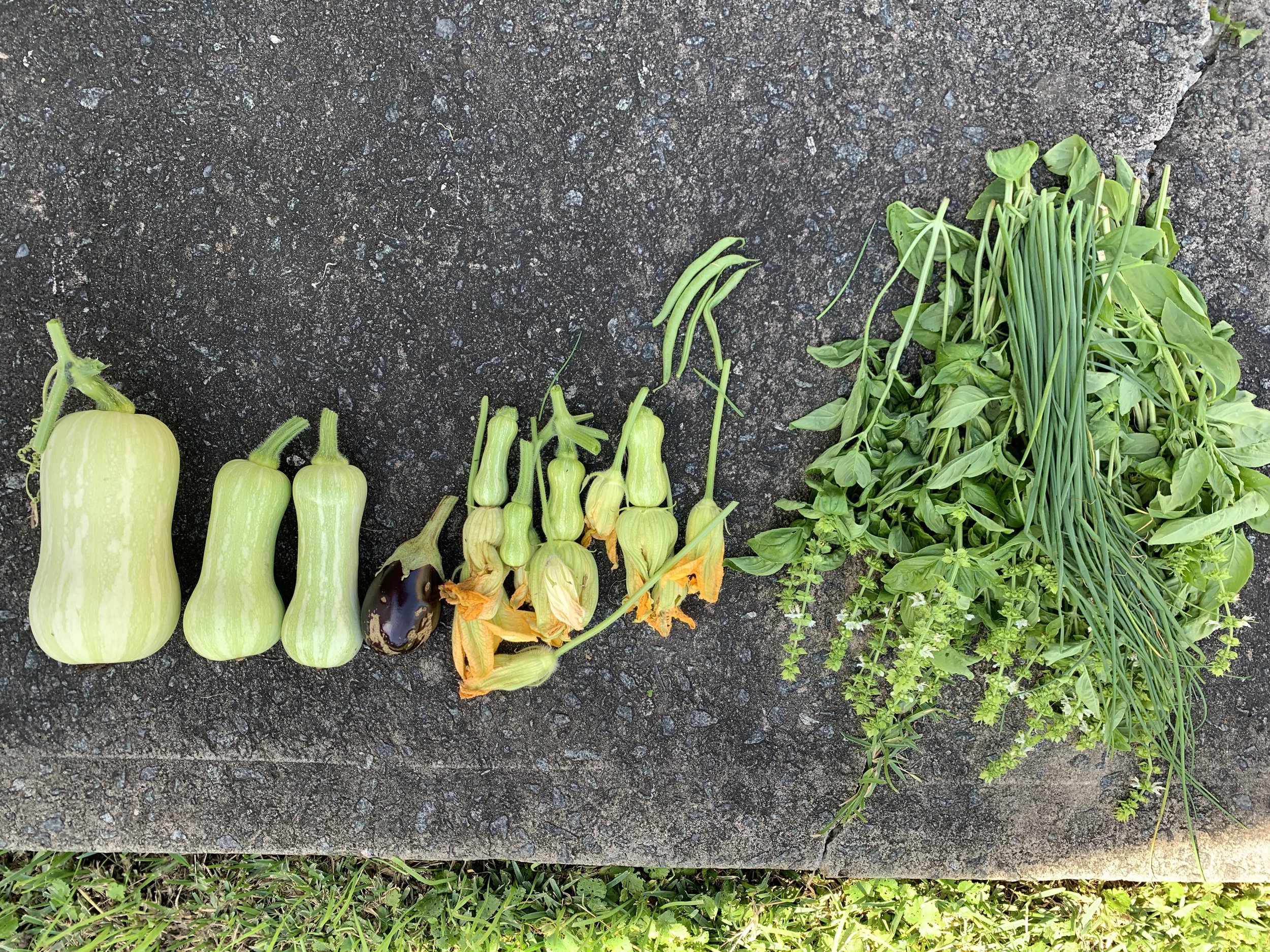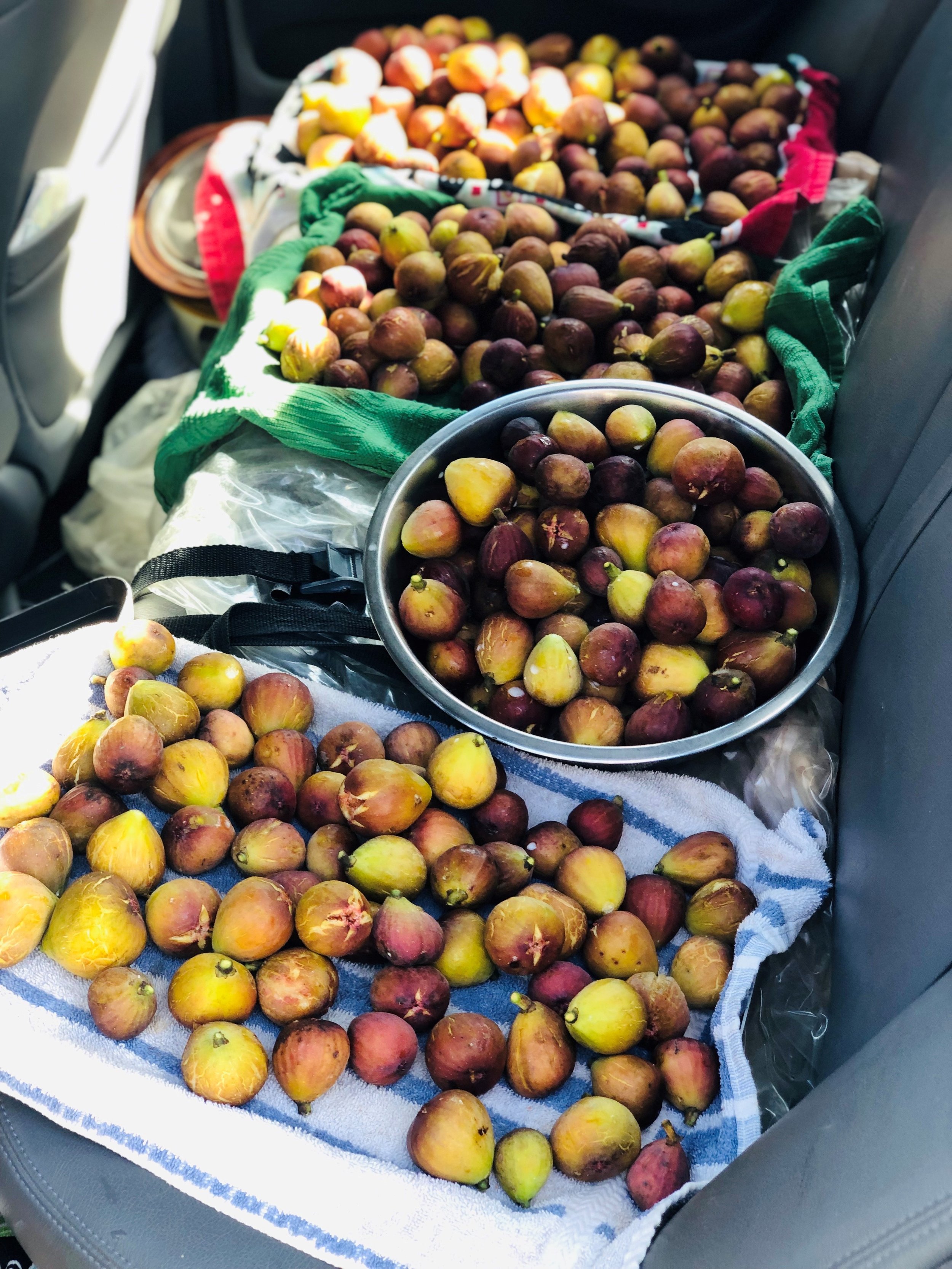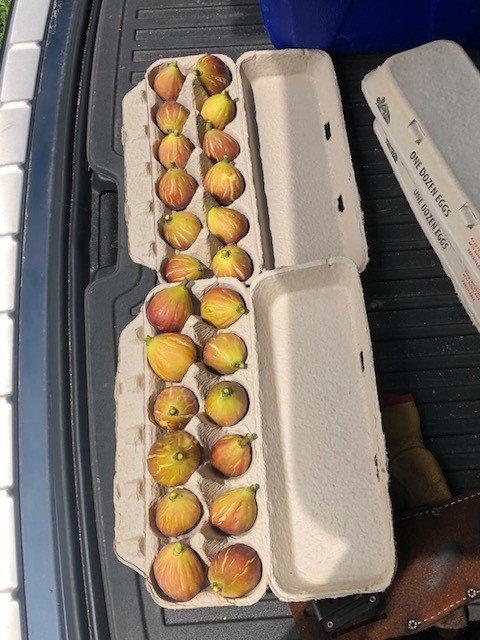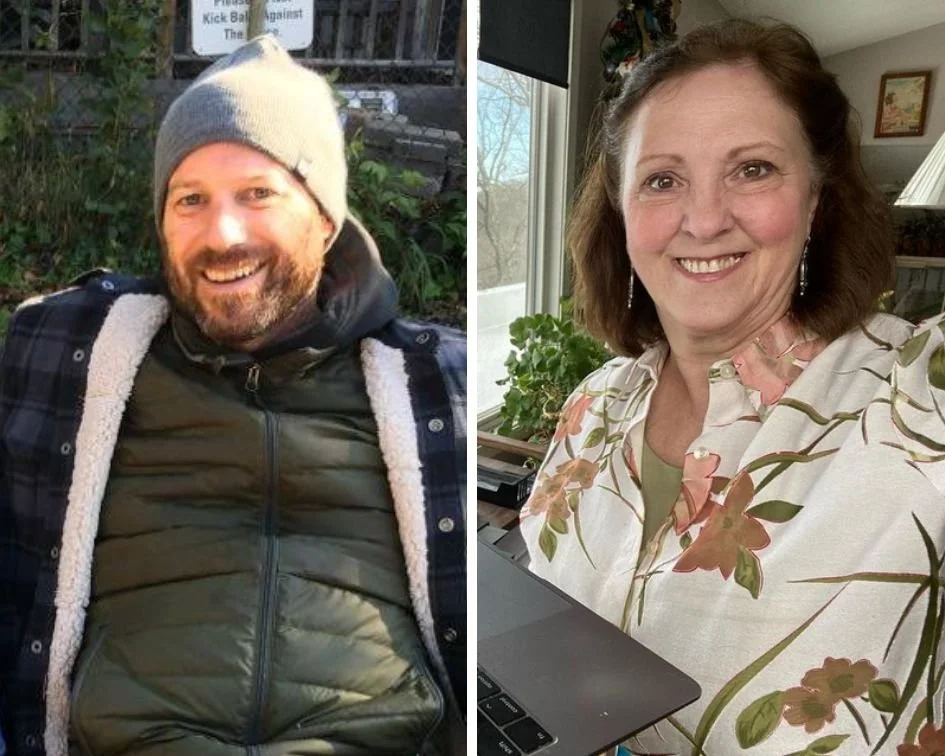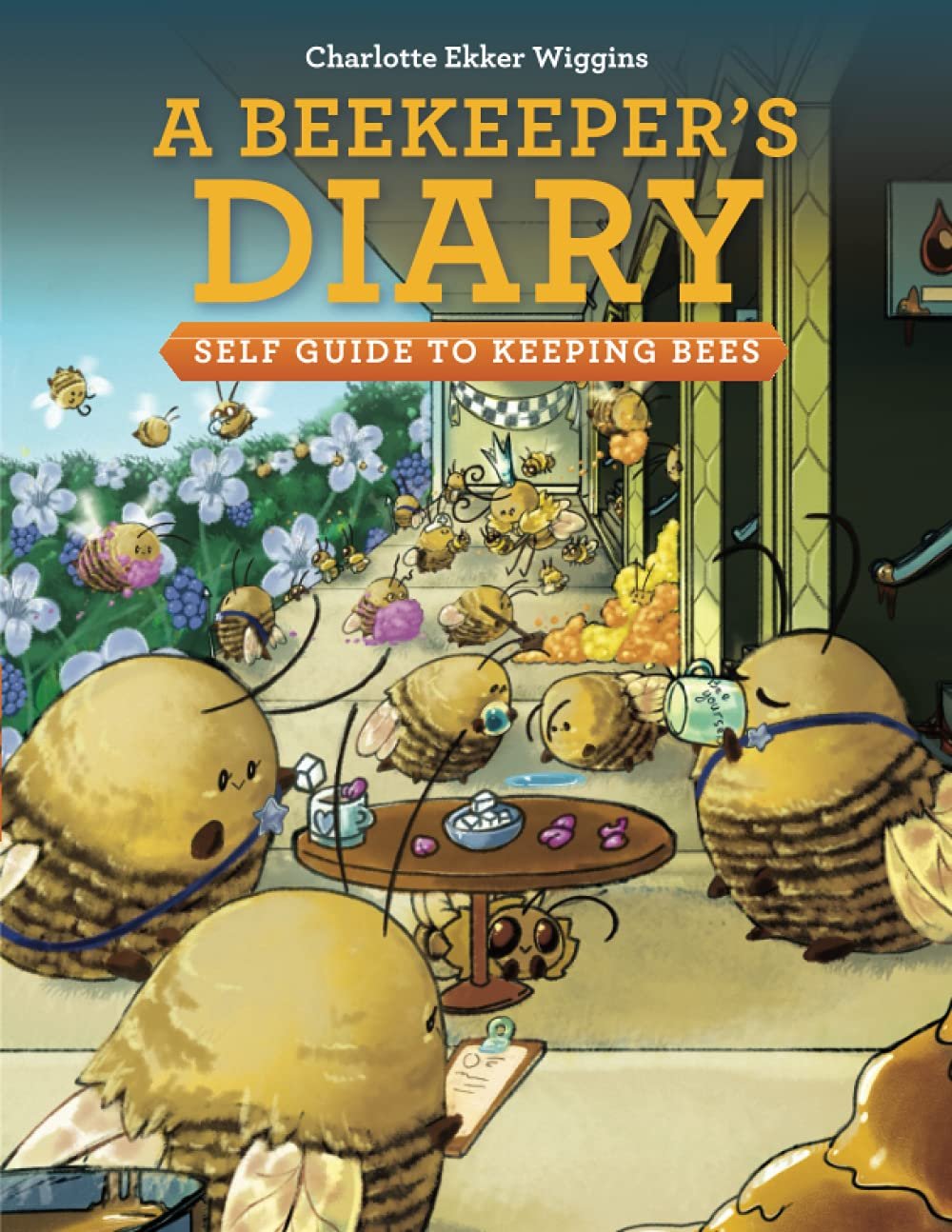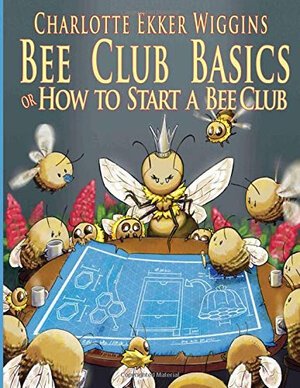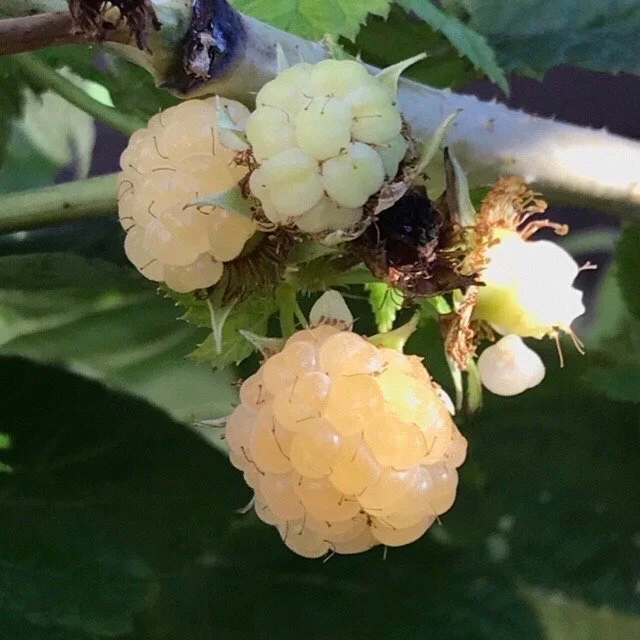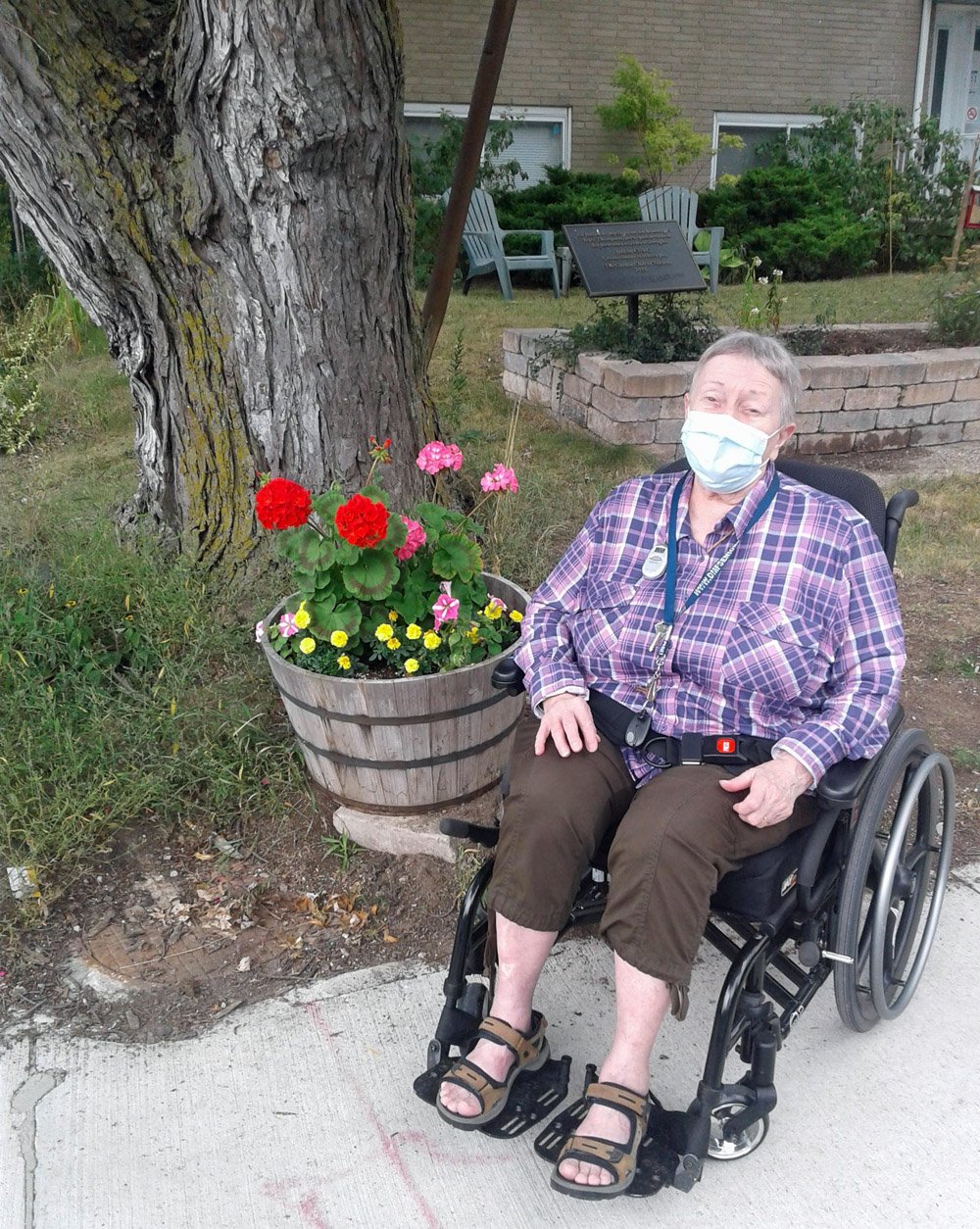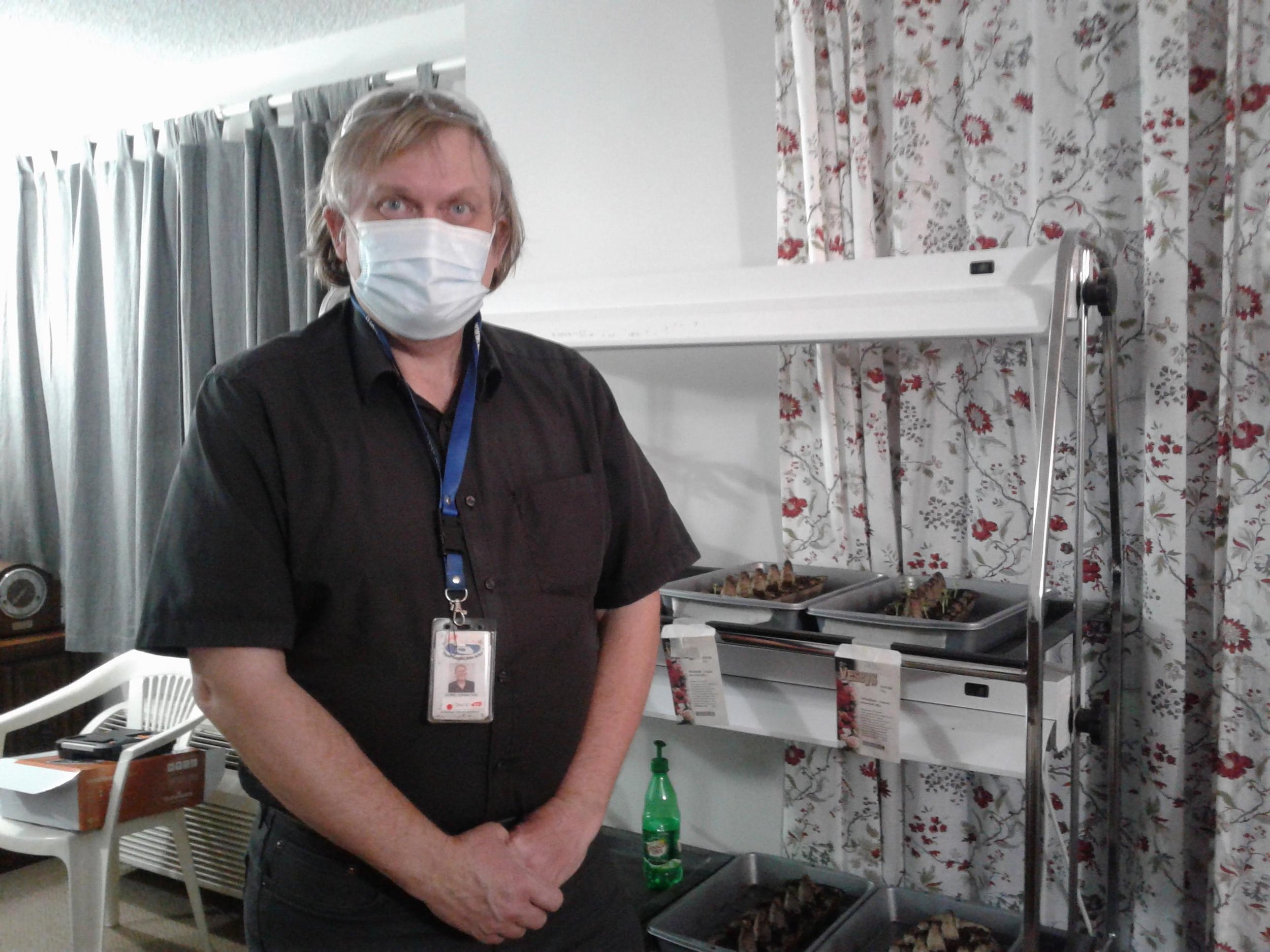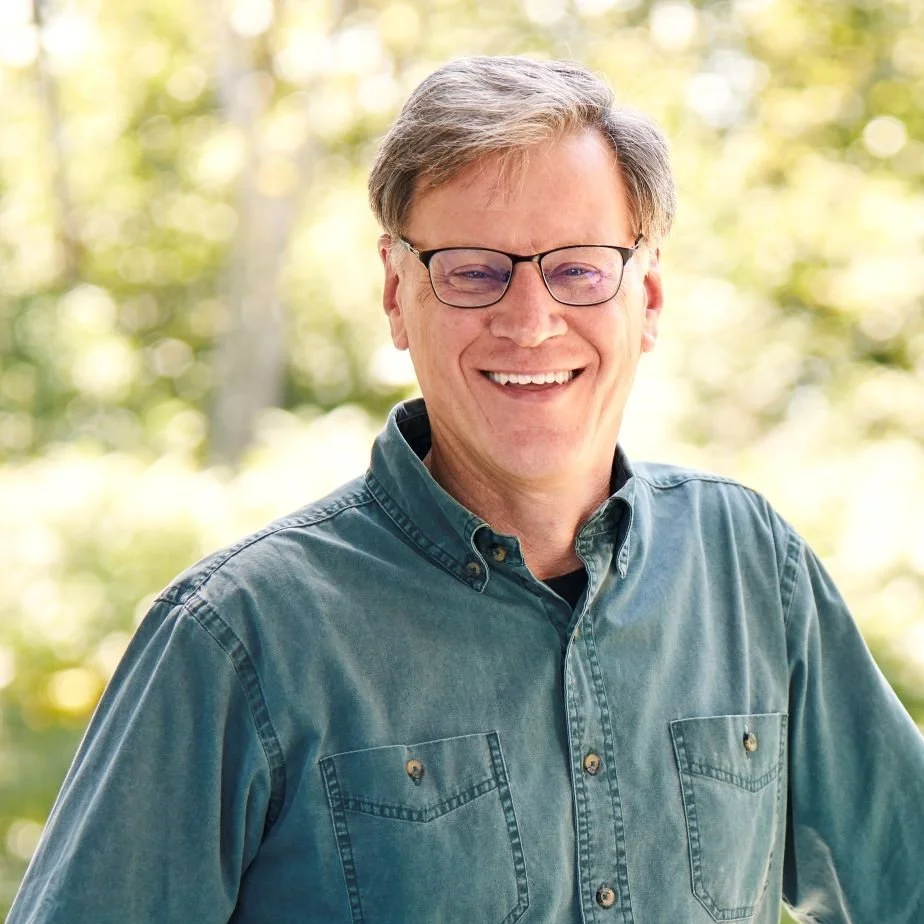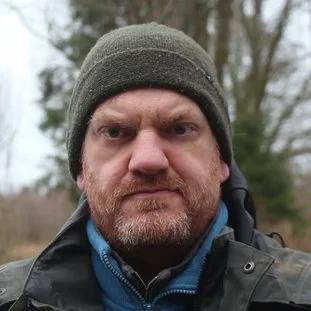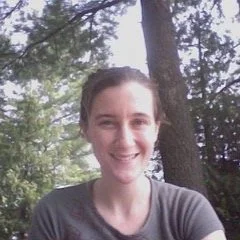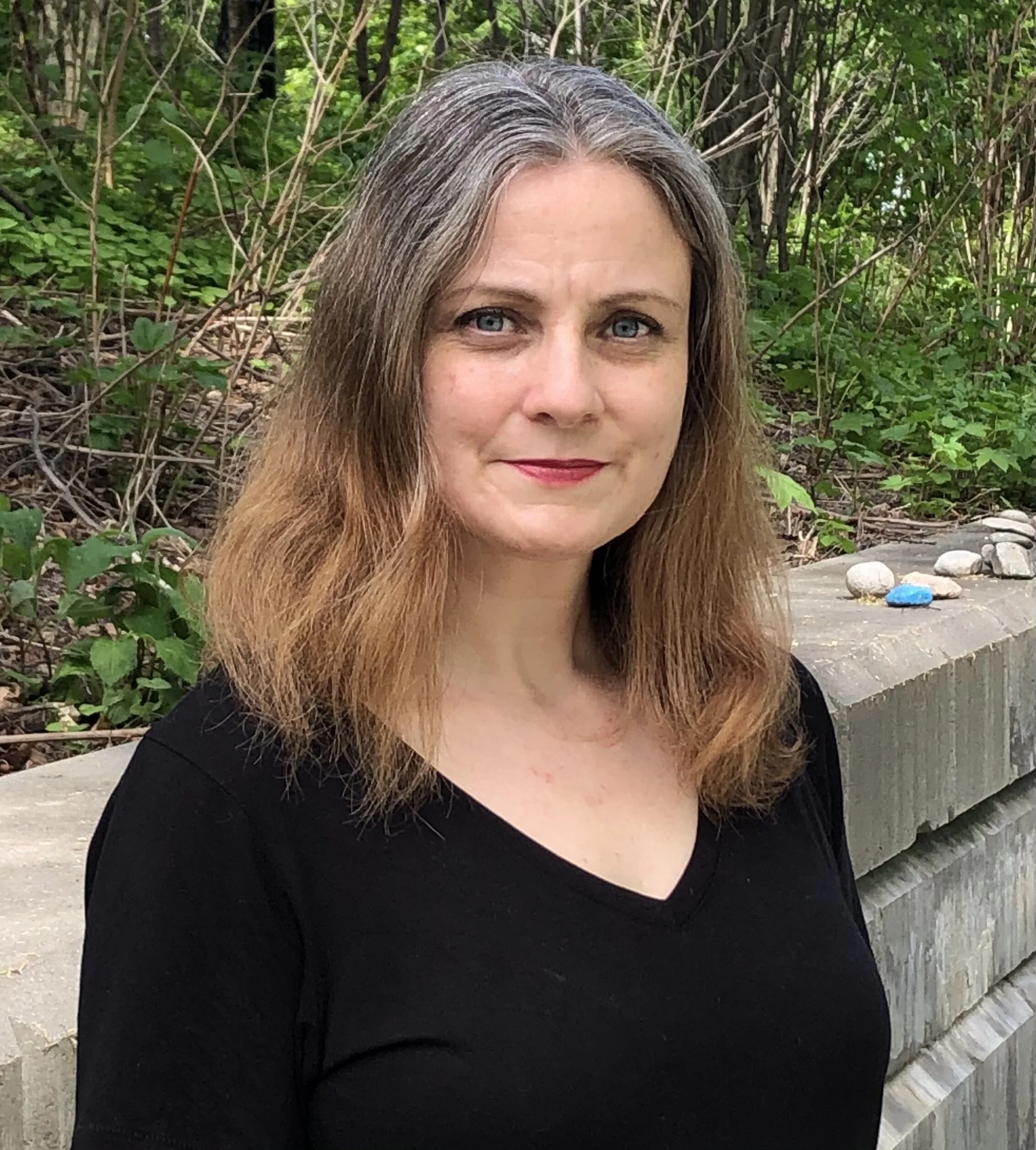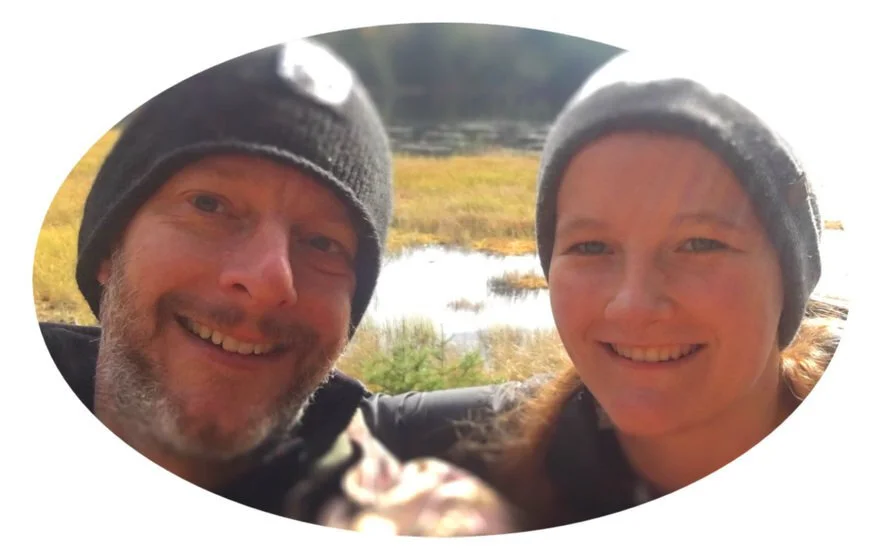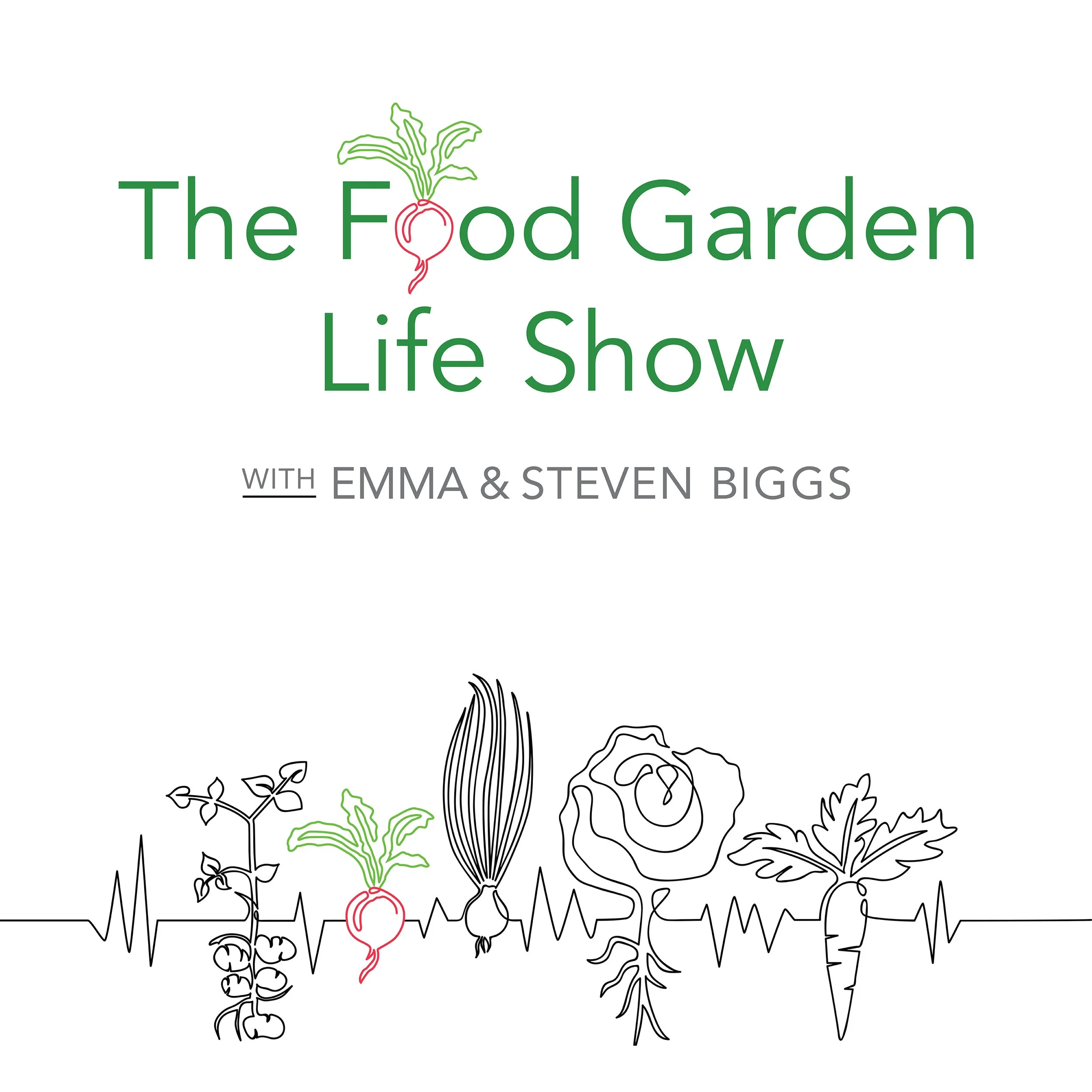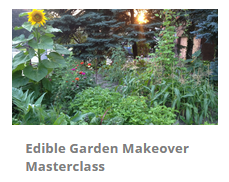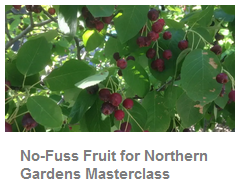Small-Plot Intensive Vegetable Production (SPIN Farming)
Wally Satzewich talks about small-plot intensive farming, a.k.a. SPIN farming.
Worm Castings
Wally Satzewich joins us from Saskatchewan to tell us about Small-Plot Intensive Farming (SPIN Farming.)
Having studied psychology and ran a taxi franchise, Wally became interested in market gardening.
So he bought a farm.
But a conventional market garden wasn’t the right fit for him. That’s because a big operation requires hired help and capital outlay for equipment.
So Wally and his wife Gail sold the farm—and moved back to the city. To farm—to farm other people’s yards.
And in the process, Wally mapped out a system of best practices called SPIN farming (Small Plot Intensive farming.)
Today he tells us his journey, and what he’s learned along the way.
We talk about:
Running the 20-acre market garden
Downsizing and setting up in the city
The SPIN model and variations on it
Comparing SPIN farming to commodity farming
Using the SPIN model in small towns
Top tips for new urban and SPIN farmers
How to Homestead and Live Sustainably in Your Community: Small-Scale Homesteading
Talking about small-scale homesteads with Michelle Bruhn and Stephanie Thurow.
Small-Scale Homesteading
Homesteading as a State of Mind
We head to Minnesota to chat with small-scale homesteaders Michelle Bruhn and Stephanie Thurow.
Both are urban homesteaders, and they’ve collaborated on a book to help small-scale homesteaders, Small-Scale Homesteading.
We talk about:
What homesteading means to them
The idea of small-scale homesteads in urban and suburban areas
Tips for aspiring homesteaders
How to get started homesteading
Stephanie’s Rhubarb Shrub
Stephanie talked about her rhubarb shrub in this episode, and said she’d share the recipe. Here it is!
Yield: 2-3 cups finished shrub
Ingredients
1.5 cups rhubarb, chopped (fresh or frozen) – discard green leaves, as they are poisonous.
1.5 cups white granulated sugar
Days later: 1.5 cups organic apple cider vinegar (or other drinking vinegar of choice).
Directions
Scrub rhubarb clean, chop and combine with sugar in a clean pint canning jar. Shake jar to mix sugar and rhubarb well. Wipe the rim of the jar with a clean dampened towel and apply the canning jar lid and tightly screw on the ring. Store the jar at room temperature, out of direct sunlight and allow the mixture to macerate over a couple days, until a thick syrup is made. A few times per day, vigorously shake the mixture to speed up the process (or you can use a clean spoon to stir well).
After 2-3 days, once the sugar has dissolved and a syrup is made, use a fine mesh strainer to strain out the solids, reserving the syrup in a measuring cup. Use the back of a spoon to push out any excess syrup. Once strained, measure the amount of syrup that was collected and add that same amount of vinegar to the syrup (it will be 1-1.5 cups of vinegar), stir well to mix. Store in a clean airtight jar and refrigerate. Enjoy within a few months for best flavor.
To serve
Mix about a shot of the shrub mixture with water, or carbonated water. Serve over ice. Shrubs also make delicious and unique cocktail mixers.
Side notes
You can also use brown sugar, coconut sugar, maple syrup or other sugar alternative in place of white granulated sugar.
This method of shrub making can be applied to any fruits and herb combinations. Strawberry shrub is my all-time favorite.
Don’t toss the strained-out fruit solids! They are delicious mixed into plain yogurt or oatmeal or blended into a smoothie.
This recipe was adapted from WECK Small-Batch Preserving (2018) with permission from Skyhorse Publishing, Inc.
Outstanding Oregano + What to Produce Besides Crops on a Homestead
Growing great oregano, and ways to earn income on a homestead beyond crops and livestock.
Oregano that Tastes Like Oregano!
We find out how to grow great Oregano with Dave Hanson from The Grow Guide Podcast.
(No more bland oregano that tastes like...hay!)
Why Now is a Great Time to Homestead
Homesteader Steve Maxwell talks about his journey from suburban Toronto to a rural homestead on Manitoulin Island.
He tells us why he think there's more opportunity than ever for homesteaders today.
Steve shares his ideas about homesteading opportunities here.
Attractive Food Gardens, Scrappy Plants, and Outreach
Adina Oosterwijk, the Community Greening Officer at the Royal Botanic Garden in Sydney, Australia talks about community outreach and home food gardens that are productive and aesthetically pleasing.
Connecting Gardens, People, and Food
Adina Oosterwijk, the Community Greening Officer at the Royal Botanic Garden in Sydney, Australia talks about community outreach and making attractive home food gardens.
We chat with Adina Oosterwijk, the Community Greening Officer at the Royal Botanic Garden in Sydney, Australia.
We talk about:
The Royal Botanic Garden in Sydney, which has three different sites that each have different growing conditions and plant collections
Home food gardens that are productive and aesthetically pleasing
Garden outreach to vulnerable communities
Scrappy plants for tough growing conditions
A tomato festival
Land Conservation, Public Access, and Figs!
Jack Spruill joins us to talk about land conservation, public access — and figs!
Land Conservation
We chat with Jack Spruill, whose farm is on the shore of North Carolina’s Albemarle Sound, the largest freshwater sound in the world.
Spruill plans to donate the farm to an organization that will maintain public access, with the land used for low-impact farming, research, and education programs.
At the moment, some of the property is used for a community garden — and a community fig orchard.
We talk about:
The idea of public access, and how it scares some organizations
Mechanisms for land conservation
Tips for bringing people together around food and gardening
The community fig orchard
Connect
Spruill Farm: spruillfarm.org
No Groceries North of 60
Suzanne Crocker joins us from Dawson City, Yukon to talk about a year eating only locally sourced food, and about gardening in the north.
Eating Locally in Yukon
Crocker and her family ate locally produced food for an entire year. She shares the story in her film First We Eat.
Suzanne Crocker joins us from Dawson City, Yukon to tell us about the year she spent knowing where all the food on her plate came from.
There was no salt, no sugar, and no caffeine. There were three hungry (and sceptical) teenagers, and a reluctant husband. There was no grocery-store food in the house for the entire year.
“I knew where every single ingredient on my plate came from.”
Food Discoveries
Crocker talks about some of the techniques she learned during the year:
Making birch syrup to use as a sweetener
Foraging weeds and spruce tips
Juicing potatoes to make a thickener
Using rhubarb juice as a vinegar substitute
“It was kind of like your taste buds came alive,” she says as she talks about what it was like after getting through the first couple of months with no added salt.
Gardening North of 60
With only a couple of months of frost-free days, the gardening season is short and intense. The intense light causes some cool-weather vegetables such as spinach to bolt.
Crocker talks about crops that do and don’t grow in Dawson — and about gardening with moose!
From Medicine to Film
Crocker was a rural family doctor before becoming a filmmaker. She captured the year of her family eating locally in her new film, First We Eat.
This isn’t the first time she’s turned the lens on her family. Her first feature documentary, All The Time In The World, shared her family’s experience leaving home to live in the remote Yukon wilderness for 9 months.
Links and Resources
Rent the film (online streaming available in only Canada until fall 2022, when it becomes available worldwide)
Toronto Microfarm, Compost Tea, Honey, and Bees
In this episode: Composting and a compost-tea CSA with Sean Smith; and native and honeybees with Charlotte Wiggins.
Sean Smith talks about Crooked Farmz, a Toronto microfarm with a compost-tea CSA; and beekeeper and Charlotte Wiggins, author of A Beekeeper’s Diary, Self-Guide to Beekeeping, talks about native bees and honeybees.
Crooked Farmz
In the first part of the show, we chat with Sean Smith from Crooked Farmz in Toronto.
Smith talks about his journey into growing food, learning about soil and composting, and the beginnings of his Toronto microfarm.
Compost Tea by Subscription
He calls himself the “brewer” at the farm. The brew? It’s compost tea.
Along with selling at farmers markets, Smith has taken another route to selling the compost tea: by subscription.
Home Composting Tips
Some of Smith’s top composting tips:
Understand what “brown” and “green” ingredients are, and have some of each
Make sure there is enough air
Make sure there is enough water
Compost tea by subscription, from Crooked Farmz
Honey Bees and Native Bees
In the second half of the show, we chat with Missouri beekeeping expert, author, and TEDx speaker Charlotte Wiggins.
Wiggins talks about attracting native bees to gardens, gardening for both native and honey bees, and shares tips and ideas for people thinking about getting into beekeeping.
Tips for People Interested in Keeping Bees
Learn beekeeping lingo
Join a beekeeping club, make beekeeping friends
Take a class about beekeeping
Volunteer with local beekeepers
Don’t rush getting your own hives, get the hang of things first
Looking for more beekeeping guidance? Wiggins’ latest book is the award-winning A Beekeeper’s Diary: Self-Guide to Keeping Bees.
Finding a Home for Extra Harvest
Susan Antler talks about the Plant • Grow • Share a Row program that helps people and groups grow extra veg for food banks.
Susan Antler talks about sharing the harvest with food banks and the Plant • Grow • Share a Row program.
Sharing with Community
Susan Antler joins us to talk about the Plant • Grow • Share a Row program.
This program helps groups and individuals to grow extra vegetables to share with nearby food banks and soup kitchens.
First Step
As a first step, Antler suggests connecting with a local food agency to find out what is needed, and also find out details such as delivery days and times.
Another way to get started is to connect with a group of like-minded people in the community who want to grow to share.
Plant • Grow • Share a Row Program
The goals of the program include:
Helping people plant extra vegetables to share at harvest time
Providing seeds to participants
Sharing gardening knowledge
Connect
Antler is the executive director of The Compost Council of Canada. Along with the Plant • Grow • Share a Row program, she and her team organize Soupalicious, a fall soup-tasting and harvest celebration.
Plant • Grow • Share a Row: growarow.org
Soupalicious: soupalicious.ca
Compost Council of Canada: compost.org
From Ornamental Landscapes to Pretty Tasty Gardens
Lindsay Stuijfzand from Pretty Tasty Gardens talks about how she weaves her passion for growing food into her work as a landscaper.
Lindsay Stuijfzand from Pretty Tasty Gardens talks about how she weaves her passion for growing food into her work as a landscaper.
Edible Landscapes
Lindsay Stuijfzand talks about how she weaves her passion for growing food into her work as a landscaper.
Pretty Tasty Gardens
Stuijfzand is a horticulturist who runs Pretty Tasty Gardens, an edible-landscape garden company in Toronto.
Roots in Landscaping
When she first got into the industry, she worked in conventional landscaping — with a focus on ornamental plants and hardscaping.
As her interest in edible plants grew, she branched off into edible landscaping. It’s a path that makes her a bit of an outlier—or trailblazer—in the landscape industry.
Co-operative Growing
Daniel Brisebois from La Ferme Cooperative Tourne-Sol talks about co-operative farming.
Daniel Brisebois joins us from La Ferme Cooperative Tourne-Sol near Montreal.
One Farm, Many Farmers
Daniel Brisebois joins us from La Ferme Cooperative Tourne-Sol near Montreal.
The farm operates as a workers co-operative, where farm owners are the workers.
When the farm started in 2005, sales were through both farmers markets and CSA baskets. Today, sales are entirely through CSA baskets.
Work-Life Balance
There is a focus on work-life balance. Vacation and parental leave — challenges for many farmers — are possible under the co-operative model.
“It’s always been important to us that we don’t burn people out.”
Seeds and Breeding
Seed sales have always been part of the farm business, but were a small portion in the beginning — $700 in the first year.
Today, the farm sells more seeds than vegetables, with an online seed store and seed racks in over 150 retail locations.
Spreadsheet Maniac
Brisebois believes in the importance of making business decisions based on data.
He uses spreadsheets to collect and understand farm data. He shares his passion for spreadsheets through his Farmer Spreadsheet Academy.
Gardening as Medicine for Mental Health
The Sunshine Garden at The Centre for Addiction and Mental Health in Toronto is a therapeutic garden for in-patients and out-patients.
Atullya Singh, CAMH Garden Co-ordinator with Foodshare, talks about the Sunshine Garden at The Centre for Addiction and Mental Health in Toronto.
The garden is the bridge.
For clients of The Centre for Addiction and Mental Health (CAMH) in Toronto, one way to connect with the surrounding community is through gardening.
Atullya Singh, CAMH Garden Co-ordinator, talks about the Sunshine Garden, located at the main hospital site in downtown Toronto.
When neighbours drop by for the weekly market where CAMH clients sell produce grown on site, Singh considers it as an opportunity to make stronger bonds with the community. “My mission is only accomplished if I have these customers connected to the actual garden,” he explains as he describes taking them over to see the garden.
Horticultural Therapy
Along with community connections, the garden is a way of providing horticultural therapy for CAMH clients. Singh explains that for some people, the social aspects are therapeutic. For others, it’s having something to focus on. For others, its being outdoors.
The garden is a joint venture between CAMH and a Toronto organization called Foodshare, which supports community-based food initiatives. .
Landmarks help Blind Gardeners + Gardening for Birds
Gardening for the deaf-blind community, and gardening to attract birds.
The gardens at the Canadian Hellen Keller Centre; and tips to attract birds to the garden.
Gardening for the Blind
Christine Nichols and Gord Johnston share ideas to help blind and low-vision people garden, and talk about the gardens at the Canadian Hellen Keller Centre, which serves the deaf-blind community.
They talk about:
Using landmarks in the garden
Colours for low-vision gardeners
Spatial awareness in the garden
Visual memory
Bird Gardening
Steven Price, past president of Birds Canada, talks about gardening for birds.
Steven Price, past president of Birds Canada, talks about how to attract birds to gardens and how to make gardens bird-friendly.
He talks about:
Plants
Features (e.g. water features)
Feed
For more ideas about gardening for birds, visit birdgardens.ca.
Connect
Incredible Edible: Pamela Warhurst on Making Grey Spaces Green
Pamela Warhurst talks about planting propaganda veg gardens and building community. Warhurst helped found the Incredible Edible Network
Pamela Warhurst from Incredible Edible Network talks about turning grey spaces green by helping people believe in themselves.
From the Ground Up
Pamela Warhurst from the Incredible Edible Network talks about turning grey spaces green by helping people believe in themselves.
The original Incredible Edible project in her hometown started with “propaganda” gardens on public land. It evolved to include edible plants around the community health centre and collaborations with businesses in the community.
Today the Incredible Edible Network includes communities around the world.
“It wasn’t the veg that mattered: It was the fact that a bunch of people had said, ‘We’re going to change things.’”
Top Tips
Warhust says to start by helping peole to help themselves.
Here are her top two tips to get started:
Just get up and do it. Don’t make a long list.
Believe in yourself.
“It’s a movement of people who care about tomorrow as well as today.”
Warhurst’s new book is called Seed to Solutions.
Making Change One Garden at a Time
Emily Murphy talks about gardening for community, health, and the environment; and Sunday Harrison talks about making change through urban school gardens.
Sunday Harrison from Green Thumbs Growing Kids talks about urban school gardens. Author Emily Murphy talks about her new book Grow Now.
Grow Now
Emily Murphy believes individual gardeners doing small things can add up to big change.
Murphy is a garden designer, educator, and author with a background that includes botany, ethnobotany, environmental science, and ecology. It gives her a unique vantage point to teach people about gardening and the environment.
Murphy is the creator of the website passthepistil.com, and author of Grow What You Love, 12 Food Plant Families to Change Your Life.
She shares ideas from her new book is Grow Now: How we can save our health, communities, and plant – one garden at a time. In it, Murphy looks at how individual gardeners can make change positive change in the world.
Green Thumbs Growing Kids
Sunday Harrison gets city kids gardening. She’s with Green Thumbs Growing Kids, which gives hands-on garden and food education to urban school kids.
Along with school gardens, she talks about microgreens, a fast maturing crop for kids. And a new project is kids growing trees from seed — trees that will line Toronto streets.
Since Harrison joined us on the show a year ago to talk about school gardens, demand for school gardens has been huge.
Food-Focused Homestead Life
Gary Dickenson talks about his move from the UK to a remove homestead in northern Latvia.
Gary Dickenson talks about his move from the UK to a remote homestead in northern Latvia.
Have you ever thought of changing your relationship with food?
Gary Dickenson put food front and centre in his new life as a homesteader. He tells us about his move from a seaside town in the UK, where he worked in marketing, to a remote corner of northern Latvia.
Dickenson says that the thing he best likes about homesteading life is the freedom it offers him.
Busy Homestead
It’s a busy homestead. Projects include:
Greenhouses
Smoking food
Canning
Wood heating
Maple syrup
Hugelkultur
No-Till veg plots
Thinking of Homesteading?
Here are Dickenson’s tips:
Before you make the leap, spend time on a homestead
Look ahead 10 years to think about where you want to be
Don’t buy into the romanticism of a homestead because it’s hard work
Plan, but let plans change
Act like a child and ask “why?”
Experiment and celebrate both success and failures
Build a network of friends for support
Check out the Baltic Homesteaders YouTube Channel
School Food Gardens Open Career Horizons
Allison Eady from Waterloo Region School Food Gardens talks about garden-based learning and introducing students to the food system
Garden-based learning: Growing seeds, growing communication skills, opening career horizons.
The Wateroo Region School Food Gardens project has built 35 school gardens, touching 20,000 students in this region of Ontario.
Allison Eady, program co-ordinator, explains that it provides information and curriculum ideas to educators, grants for school gardens, and direct programming for youth.
Garden-Based Learning
Eady sees school gardens as an opportunity for teaching more than gardening. She says garden-based lessons can be used for many subjects, including art, math, and science.
Launch a School Garden
“The best chance for success is when there’s a network of people who support it,” says Eady as she talks about successful school gardens.
She says it’s important to find allies in the community, whether it’s organizations or community members. That’s because school populations change fairly quickly: kids (and parents) move on, and staff are shuffled between schools. That makes the stability of community support important for the long-term success of a school garden.
Eady says not to worry about being a garden expert when starting a school garden. “It’s about figuring it all out together,” she says.
Youth Programming
During the COVID pandemic Waterloo Region School Gardens has pivoted to provide more direct programming for youth, including career mentorship and student-run markets.
Another initiative helps youth explore food-related topics of interest to them. Youth research a topic, and then create blog posts or videos to teach other youth, with the support of program staff. The video below is an example.
Urban Growers + Gardening Under Cover
Jamie Day Fleck talks about the urban growers she met while filming her documentary In My Backyard; and Niki Jabbour talks about garden covers and her book Growing Under Cover.
Filmmaker Jamie Day Fleck and author and broadcaster Niki Jabbour.
Today on the podcast we hear how one person’s journey into food gardening evolved into a documentary film — and then we find out how to use garden covers to take vegetable gardening to another level.
In My Backyard: A Documentary about Urban Growers
Torontonian Jamie Day Fleck converted her entire suburban backyard into a kitchen garden. That was the starting point of her documentary, In My Backyard, where she looks at ideas that urban growers have dreamed up in her hometown of Toronto.
Fleck talks about the urban growers she met while filming, how their gardens were different — and what they had in common. She also reflects on the future of urban growing.
Growing Under Cover with Niki Jabbour
We head to Halifax for food-garden inspiration from author, broadcaster, and vegetable gardening expert Niki Jabbour.
Jabbour talks about gardening in a polytunnel, reflects on her 2021 garden, and shares tips about how to use covers in the garden to grow more, protect crops from weather, and minimize pest problems.
Her newest book is called Growing Under Cover. It’s a must-have for serious vegetable gardeners.
Doug Oster uses Newspaper Boxes to Share Seeds
Doug Oster uses Newspaper Boxes to Share Seeds
Doug Oster is using old newspaper boxes to share seeds with as many people as possible.
Where have all the newspaper boxes gone?
If you’re in western Pennsylvania, don’t be surprised if you find a dark green newspaper box with a sign in the window that says “Doug’s Free Seed Shack.“
Pittsburgh garden expert Doug Oster, a newspaper industry veteran, is using old newspaper boxes to get seeds to as many people as possible. He wants more people to garden. And he wants vegetable seeds easily available in communities where access to fresh produce is limited.
Having seen pictures online of seed-library boxes, he thought about doing something similar in his hometown of Pittsburgh.
Oster, who jokes about not being handy, decided building boxes wasn’t his thing. Instead, he repurposed old newspaper boxes. All it took was spray paint and a trip to the print shop for signs.
After the first summer of the project, Oster says he’s pleased with the results. The seeds are getting into the community. He’s getting good feedback. And people are asking if they can share seeds in the boxes, which is exactly what he wants. He wants the seed shacks to be like a library, where people can take seeds—but can also return seeds if they wish.
Tips for a Seed-Sharing Initiative
Oster says he needs to fine-tune the seeds he’s sharing through the boxes. He started by sharing what he knows, and what he thought would be useful to new gardeners. For example, he thought perpetual spinach—which has a long planting window, is easy to grow, and has a mild taste—was a great choice. But there was little interest in the perpetual spinach seed. What that taught him is that people often want to grow foods they know and love.
Oster’s tips for seed-sharing projects include:
Find a go-to person in the community who can let you know when a box needs refilling and can give insights on how to make it successful
Put it somewhere with good access, and where people feel safe
Don’t be shy about asking for sponsors
Helping Other People Eat through Gardening
Julie Brunson didn’t garden as a child, but began to garden and grow food as an adult. When her husband was in a dark place and found solace in their garden, the garden not only fed them, it helped him to heal.
That was the start of a journey into teaching kids about regenerative gardening, and also using the garden as a way to touch on a host of other topics including social justice, mental health, and nutrition.
Garden in Your 90s
Physiotherapist Nancy Durrant talks about the garden and gardeners at a Toronto long-term care home.
Physiotherapist Nancy Durrant talks about the food garden—and the avid gardeners—at the long-term care home where she works.
“I can’t hold them back sometimes,” says physiotherapist Nancy Durrant as she tells us about the garden at the long-term care home where she works.
The residents she’s talking about are mainly in their 90s. And the vegetables and herbs they grow and harvest become part of the menu at this Toronto long-term care home.
An avid gardener herself, Durrant says the home had nice grounds previously…but she saw the space and imagined a garden. The management agreed with her idea of a garden, and two years ago, Durrant, with the help of staff members who built raised beds, set out with a core group of residents to garden.
She points out that gardens are an excellent fit for what she does as a physiotherapist because gardening is exercise. It’s good for the body, and good for the mind.
Growing Interest
There is a core group of residents who, along with staff, run the garden. Durrant says other residents take part, especially with harvest.
Along with vegetables, they grow a number of herbs. “We have a few herbs which I think is really good because it hits more senses,” says Durrant, talking about the sense of smell.
There are a number of ways they grow interest in the garden:
Grow plants from seed. They grow all all of their plants themselves, from seed. Some are started indoors; some are sown directly in the garden.
Weigh the harvest. Last year they harvest 178 pounds of food. Durrant points out that while this might not sound like a lot, they grow a lot of herbs, which weigh very little.
Grow unusual plants with a story. They focus on heirloom varieties, and put up posters with the story behind the heirloom varieties.
Document progress. Time-lapse photo displays document the progress of the garden.
Save seeds. Residents save seeds from heirloom varieties for the following year, and to share with the community.
Eat what you grow. Produce from the garden is used in meals at the home, with home-grown ingredients highlighted to residents.
Giving back to the community. Donating harvest to a food bank is a way residents can contribute to the community.
Age-Appropriate Garden Tips
Durant says that the gardens are a combination of in-ground plots, raised beds, and containers. The desk-height raised beds make it possible for gardeners with differing physical abilities to take part.
Break up the work into small windows, 1 hour maximum.
For gardeners with arthritic hands, modify tools by adding large grips.
Select long-handled tools to minimize the need to bend.
Select shovels with a small blade to reduce the weight lifted.
Find a Way
Durrant says that there are ways to help those with disabilities continue to garden.
She gives the example of a resident who recently had a heart attack, but who can still cut herbs in the raised beds, and can drops bean seeds into a pre-dug trench.

